In den letzten Jahren hat Tesla die Automobilindustrie mit seinen hochmodernen Elektrofahrzeugen revolutioniert. Doch neben dem Lob für ihre Leistung und Technologie ist eine anhaltende Erzählung entstanden, die die Qualität der Tesla-Innenräume in Frage stellt. Dieser Artikel zielt darauf ab, die Wahrheit hinter diesen Behauptungen zu untersuchen und eine umfassende Analyse des Innenraumdesigns, der Materialien und der Gesamtqualität von Tesla zu bieten.
Der Mythos um Tesla-Innenräume
Die Wahrnehmung, dass die Innenräume von Tesla unterdurchschnittlich sind, hat in verschiedenen Automobilkreisen und Online-Foren an Bedeutung gewonnen. Kritiker weisen oft auf angebliche Probleme wie Spaltmaße, inkonsistente Passgenauigkeit und die Verwendung von Materialien hin, die einige im Vergleich zu traditionellen Luxusmarken als weniger hochwertig betrachten. Es ist jedoch wichtig, diese Behauptungen objektiv zu prüfen und den Kontext zu berücksichtigen, in dem Tesla agiert.
Tesla, als relativ junger Automobilhersteller, hat das Autodesign mit einer frischen Perspektive angegangen und legt Wert auf Minimalismus, Nachhaltigkeit und technologische Integration. Diese Abkehr von konventionellen Luxusautoinnenräumen hat zu polarisierten Meinungen unter Verbrauchern und Branchenexperten geführt.
Übersicht über das Innendesign von Tesla
Die Innenarchitekturphilosophie von Tesla konzentriert sich auf Einfachheit und Futurismus. Das auffälligste Merkmal eines Tesla-Innenraums ist der große zentrale Touchscreen, der das Armaturenbrett dominiert und die meisten Funktionen des Fahrzeugs steuert. Dieser Ansatz eliminiert viele physische Tasten und Knöpfe, die in traditionellen Autoinnenräumen zu finden sind, und schafft eine saubere und aufgeräumte Ästhetik.
Die Materialauswahl für das Tesla-Interieur spiegelt diesen minimalistischen Ethos wider. Tesla setzt auf eine Mischung aus synthetischen und natürlichen Materialien, wobei der Fokus auf Langlebigkeit und Umweltfreundlichkeit liegt. Die gesamte Designsprache betont Geräumigkeit und Luftigkeit, wobei Panoramaglastüren ein charakteristisches Merkmal der meisten Modelle sind.

Vergleich mit anderen Luxusmarken
Beim Vergleich der Tesla-Innenräume mit denen etablierter Luxusmarken wie Mercedes-Benz, BMW oder Audi ist es wichtig, die unterschiedlichen Designphilosophien zu berücksichtigen. Traditionelle Luxusmarken betonen oft Opulenz durch die Verwendung von hochwertigen Materialien wie Holzfurnieren, Chromakzenten und edlen Ledern.
Tesla hingegen priorisiert einen futuristischeren und technologieorientierteren Ansatz. Während einige dies als weniger luxuriös im herkömmlichen Sinne empfinden mögen, spricht es eine andere Gruppe von Vorlieben an, die sich um Innovation und Nachhaltigkeit drehen.
Die Debatte über die Innenraumqualität von Tesla resultiert oft aus diesen unterschiedlichen Erwartungen, was ein luxuriöses Interieur ausmacht. Während Tesla möglicherweise nicht mit der taktilen Luxusqualität einiger Wettbewerber mithalten kann, glänzt es in Bereichen wie Schnittstellendesign, Over-the-Air-Updates und der Integration modernster Technologie.
Arten von Materialien, die in Tesla-Innenräumen verwendet werden
Zu verstehen, woraus das Tesla-Interieur besteht, ist entscheidend für die Bewertung seiner Qualität. Tesla verwendet eine Vielzahl von Materialien in seiner Model-Reihe:
- Synthetisches Leder: Teslas veganes Leder, das als "Tesla Synthetisches Material" bezeichnet wird, wird umfangreich für Sitzflächen verwendet. Dieses Material ist darauf ausgelegt, langlebig, leicht zu reinigen und tierversuchsfrei zu sein.
- Alcantara: Dieses synthetische, wildlederähnliche Material wird in einigen Modellen für Dachhimmel und Akzentstücke verwendet und bietet ein hochwertiges Gefühl.
- Holzverkleidung: Je nach Model und Konfiguration verwendet Tesla echte Holzfurniere in Armaturenbrett- und Türverkleidungsakzenten.
- Recycelte Materialien: Im Einklang mit ihren Nachhaltigkeitszielen verwendet Tesla recycelte Kunststoffe und Stoffe in verschiedenen Innenkomponenten.
- Glas: Große Glasflächen, einschließlich der Panoramadächer und Touchscreens, sind ein wesentlicher Bestandteil des Innendesigns.

Die Innenmaterialauswahl des Tesla Model 3 spiegelt den Fokus des Unternehmens auf Einfachheit und Haltbarkeit wider. Der Model 3 verfügt hauptsächlich über Sitze aus synthetischem Leder, ein minimalistisches Armaturenbrett mit einem Holzstreifen und eine Mischung aus Soft-Touch- und Hartkunststoffen für andere Oberflächen.
Für das Model Y ist die Tesla Model Y Innenraummaterialauswahl ähnlich wie beim Model 3, mit einigen Variationen in Textur und Finish, um das Crossover-SUV zu unterscheiden.
Das Sitzmaterial im Innenraum der Tesla-Modelle besteht hauptsächlich aus synthetischem Leder, das für seinen Komfort und die einfache Pflege gelobt wurde. Einige Benutzer, die an traditionelles Leder gewöhnt sind, könnten es jedoch weniger hochwertig im Gefühl empfinden.
Benutzererfahrung bei langen Fahrten
Einer der wahren Tests der Innenraumqualität ist, wie gut er bei langen Fahrten standhält. Tesla-Innenräume haben in dieser Hinsicht im Allgemeinen positives Feedback erhalten. Die Sitze, die oft für ihr minimalistisches Design kritisiert werden, haben sich über längere Zeiträume als überraschend bequem erwiesen.
Die Geräumigkeit der Tesla-Innenräume, zusammen mit den panoramischen Glasdächern, trägt zu einem Gefühl der Offenheit bei, das die Ermüdung auf langen Reisen reduzieren kann. Der große Touchscreen, der anfangs ablenkend erscheint, wird im Laufe der Zeit für die meisten Benutzer intuitiv.
Einige Benutzer haben jedoch Probleme mit Windgeräuschen bei höheren Geschwindigkeiten gemeldet, was auf den Schwerpunkt des Designs auf großen Glasflächen zurückzuführen sein kann. Tesla hat in diesem Bereich mit jeder Model-Iteration Verbesserungen vorgenommen.
Langlebigkeit über die Zeit
Die Langlebigkeit der Innenkomponenten ist ein entscheidender Faktor bei der Bewertung der Gesamtqualität. Qualitätsprobleme im Innenraum von Tesla wurden von einigen Besitzern gemeldet, insbesondere bei früheren Produktionsmodellen. Diese Probleme umfassten:
- Quietschen und Rasseln, die im Laufe der Zeit entstehen
- Verschleiß an stark beanspruchten Oberflächen wie Armlehnen und Lenkrädern
- Verfärbung von hellfarbigem Kunstleder
- Delaminierung von Displayschutzfolien auf dem zentralen Display
Es ist erwähnenswert, dass Tesla auf diese Probleme reagiert hat und sie oft durch Designverbesserungen in nachfolgenden Produktionsläufen angeht. Die Fähigkeit des Unternehmens, Over-the-Air-Updates durchzuführen, ermöglicht auch softwarebasierte Lösungen für einige innenraumbezogene Probleme.
Die Verarbeitungsqualität des Tesla-Innenraums hat sich über die Generationen der Fahrzeuge hinweg verbessert. Frühe Model S Fahrzeuge waren anfälliger für Probleme, während neuere Modelle wie das überarbeitete Model S und Model Y eine bessere Konsistenz in Passform und Verarbeitung gezeigt haben.
Alternative Lösungen und Anpassungen
Für diejenigen, die das Interieur des Serienwagens als unzureichend empfinden, hat sich ein robustes Aftermarket-Ökosystem entwickelt, das Anpassungsoptionen bietet. Dazu gehören:
- Innenverkleidungen zur Veränderung des Aussehens von Armaturenbrett und Zierleisten
- Aftermarket-Sitzbezüge in verschiedenen Materialien und Designs
- Zusätzliche schalldämmende Materialien zur Reduzierung von Straßenlärm
- Benutzerdefinierte Fußmatten und Kofferraummatten für verbesserten Schutz
Tesla selbst bietet einige Anpassungsoptionen an, obwohl diese im Vergleich zu traditionellen Luxusmarken eingeschränkter sind. Der Fokus des Unternehmens auf eine optimierte Produktion bedeutet weniger Variablen bei den Innenausstattungsoptionen.
Fazit: Bewertung der Innenraumqualität von Tesla
Die Debatte über die Innenraumqualität von Tesla ist komplex und oft subjektiv. Während die Innenräume von Tesla in einigen Aspekten möglicherweise nicht den traditionellen Luxusstandards entsprechen, glänzen sie in anderen:
Vorteile:
- Innovatives Design mit Fokus auf Einfachheit und Technologie
- Nachhaltige Materialauswahl
- Geräumiges Gefühl mit hervorragender Sichtbarkeit
- Bequem für lange Fahrten
- Kontinuierliche Verbesserungen durch Software-Updates
Nachteile:
- Einige wahrgenommene Probleme mit Passform und Verarbeitung, insbesondere bei früheren Modellen
- Begrenzte Anpassungsoptionen ab Werk
- Die Materialien fühlen sich möglicherweise nicht so hochwertig an wie bei einigen Luxuskonkurrenten.
Die Innenraumqualität des Tesla Model S hat seit der Einführung des Modells erhebliche Verbesserungen erfahren und viele frühe Kritiken angesprochen. Einige Käufer könnten jedoch immer noch den traditionelleren Luxusansatz der Konkurrenz bevorzugen.
Letztendlich hängt die Wahrnehmung der Innenraumqualität von Tesla weitgehend von individuellen Vorlieben und Erwartungen ab. Für diejenigen, die modernste Technologie, minimalistisches Design und Nachhaltigkeit schätzen, übertreffen die Innenräume von Autos oft die Erwartungen. Für andere, die an traditionelle Luxusautoinnenräume gewöhnt sind, kann es eine Anpassungsphase geben.
Während Tesla weiterhin seine Fertigungsprozesse verfeinert und auf Kundenfeedback reagiert, ist es wahrscheinlich, dass die Innenraumqualität weiterhin verbessert wird. Das Engagement des Unternehmens für Innovation deutet darauf hin, dass zukünftige Tesla-Innenräume sowohl in Design als auch in Materialtechnologie neue Maßstäbe setzen werden.
Wenn Sie den Kauf eines Autos in Betracht ziehen, ist es ratsam, das Interieur persönlich bei einer Probefahrt oder einem Besuch im Showroom zu erleben. Diese praktische Erfahrung kann ein besseres Gefühl für die Innenraumqualität vermitteln als Berichte aus zweiter Hand oder Online-Debatten.
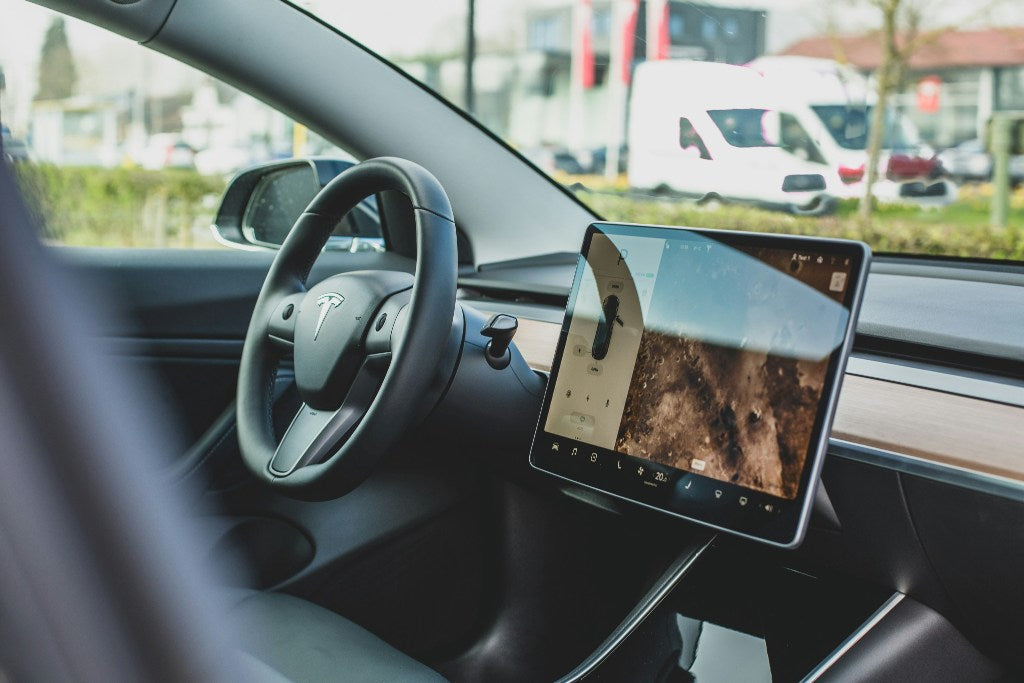
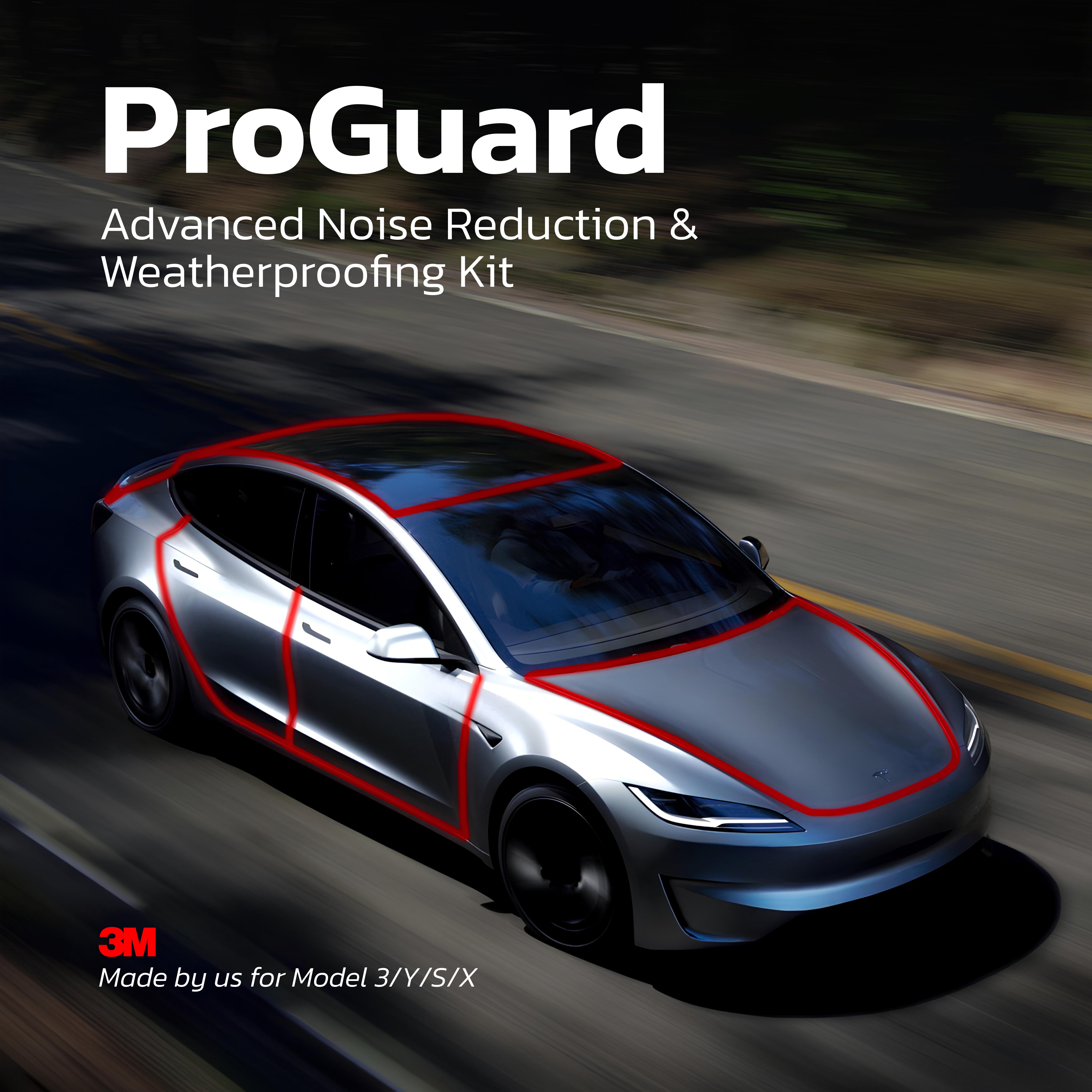
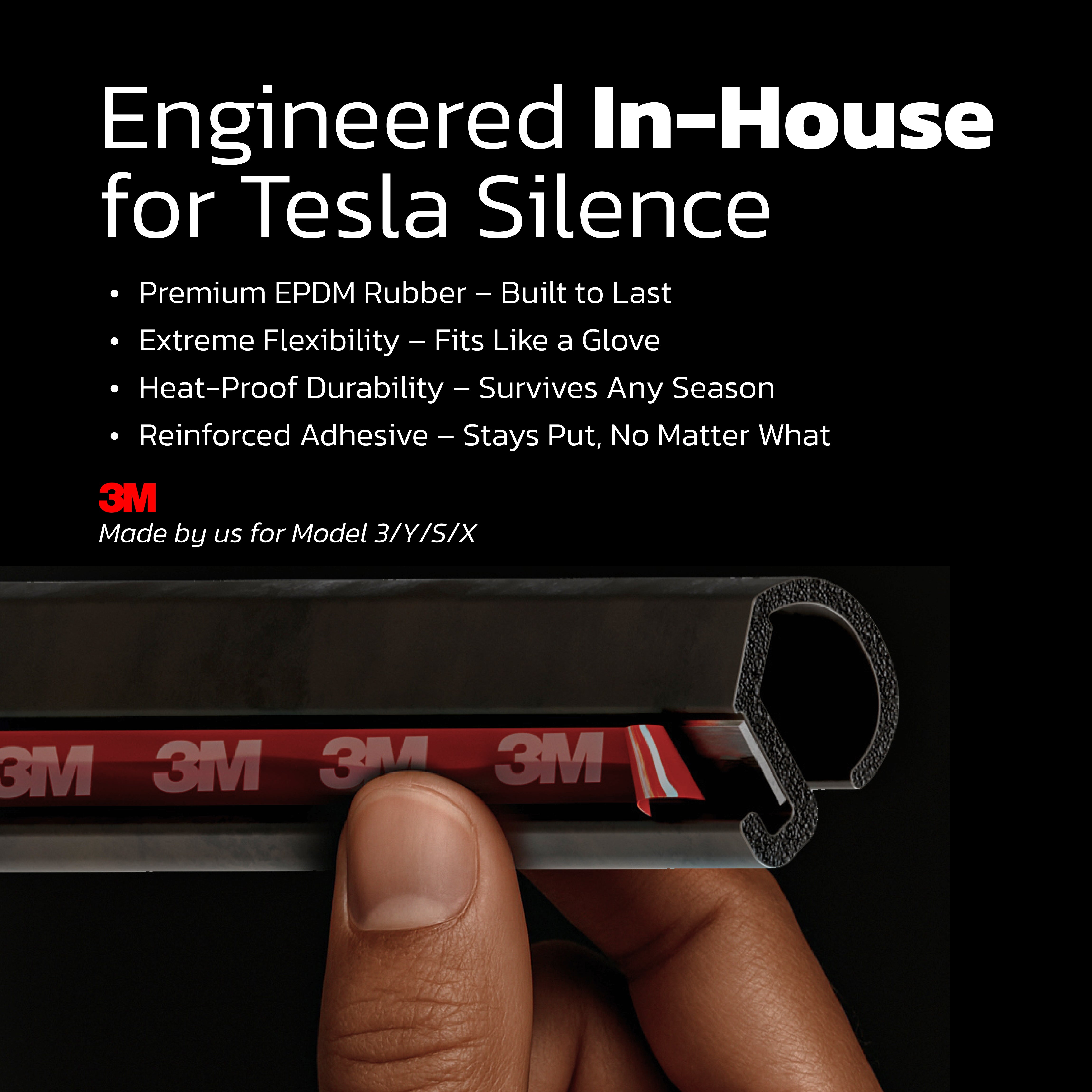
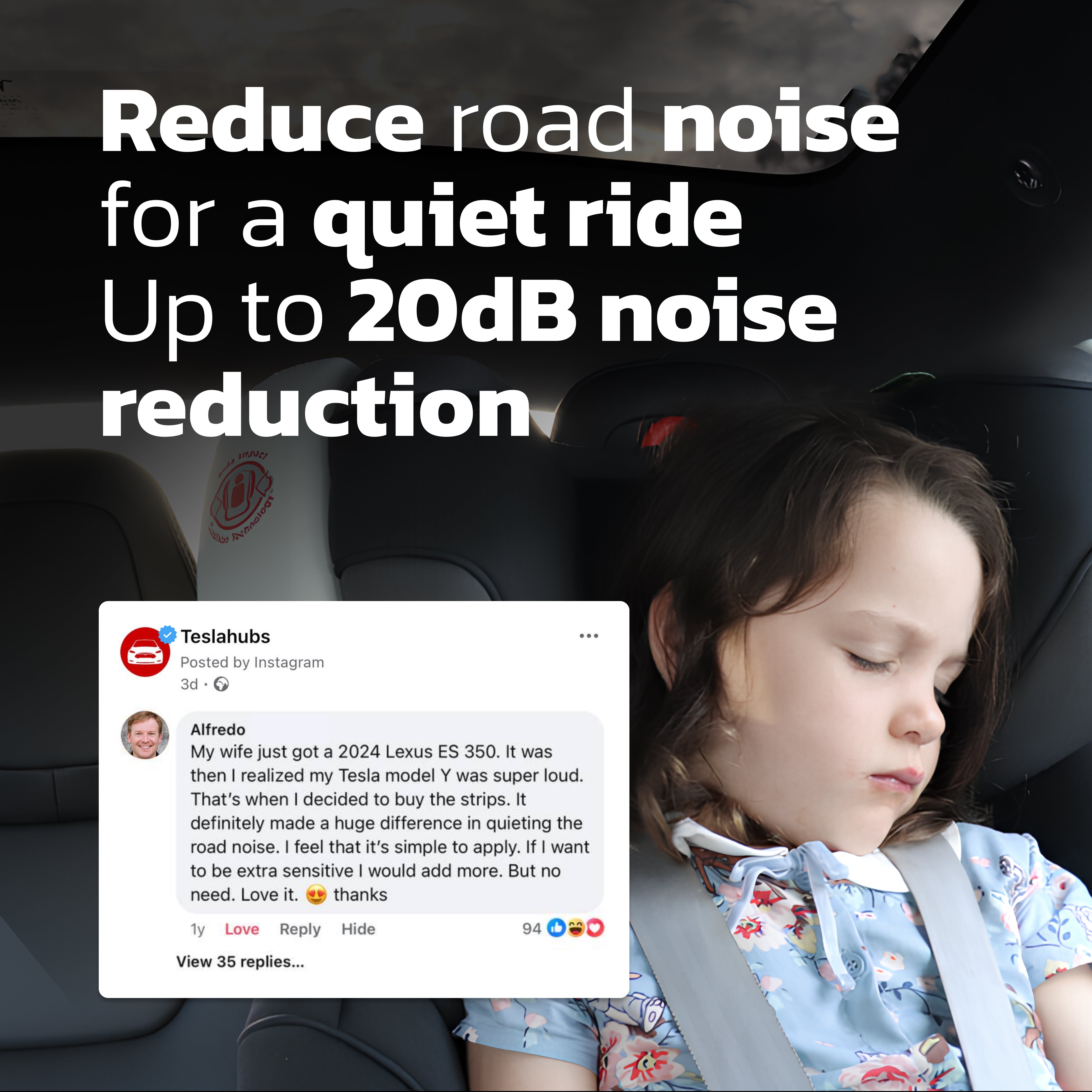
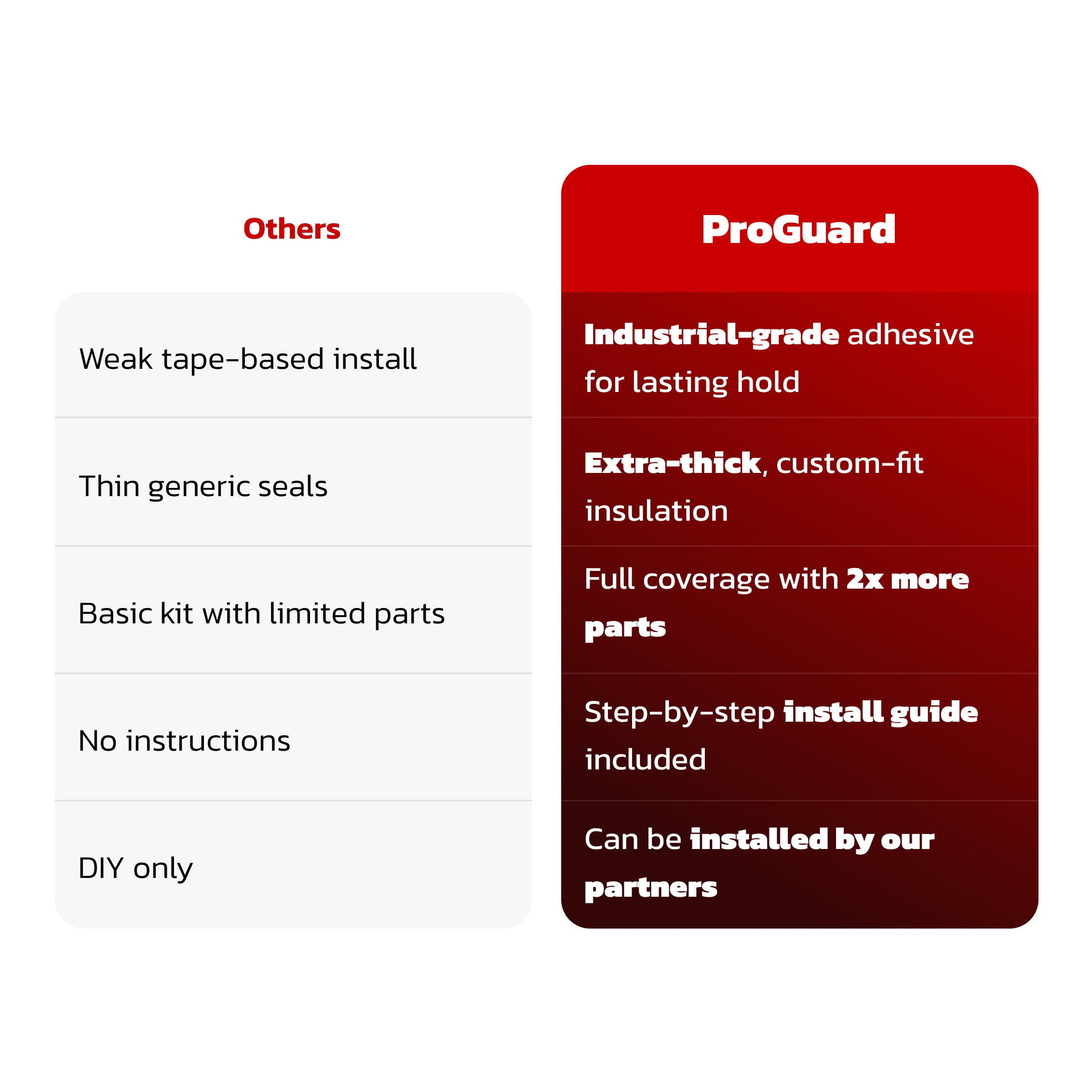
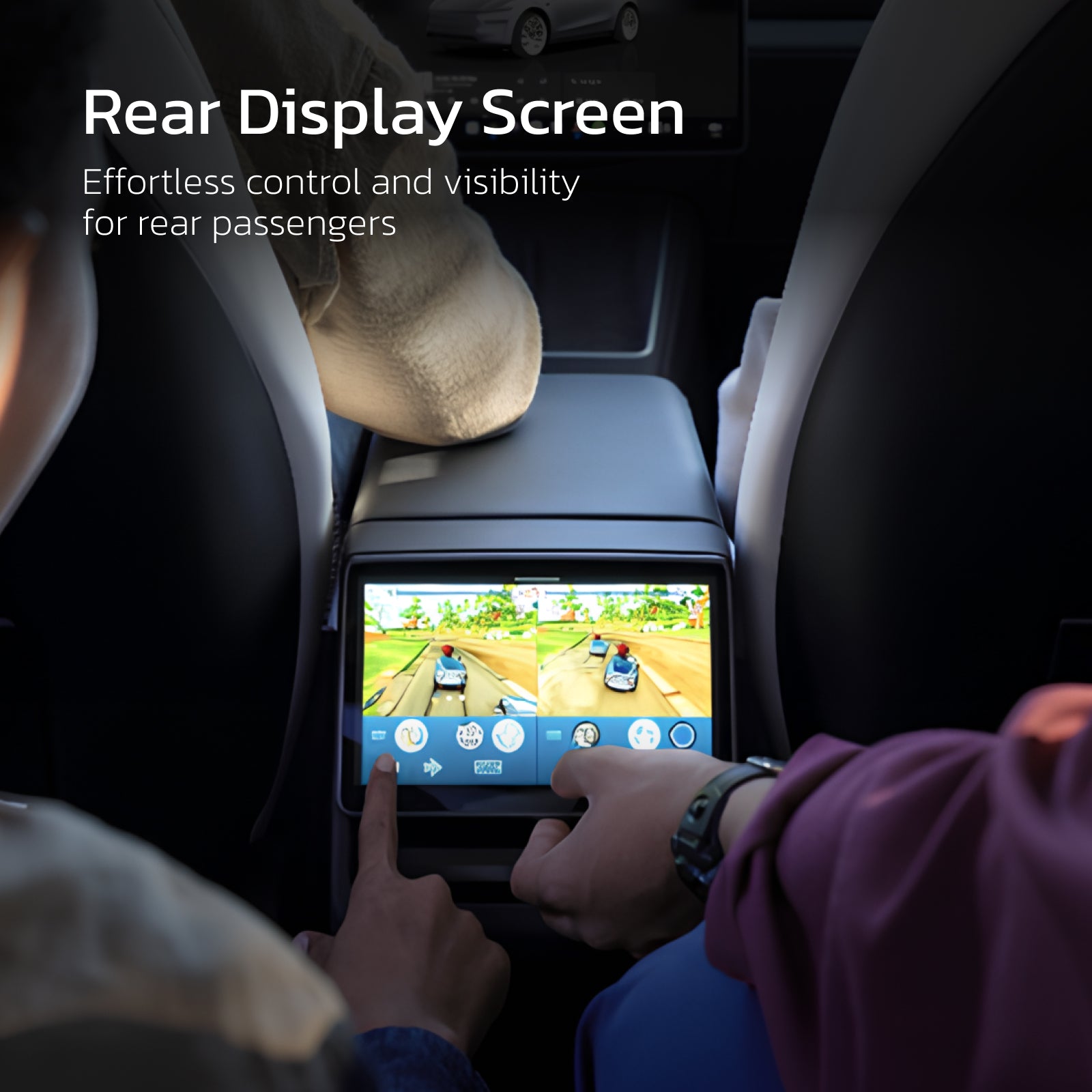
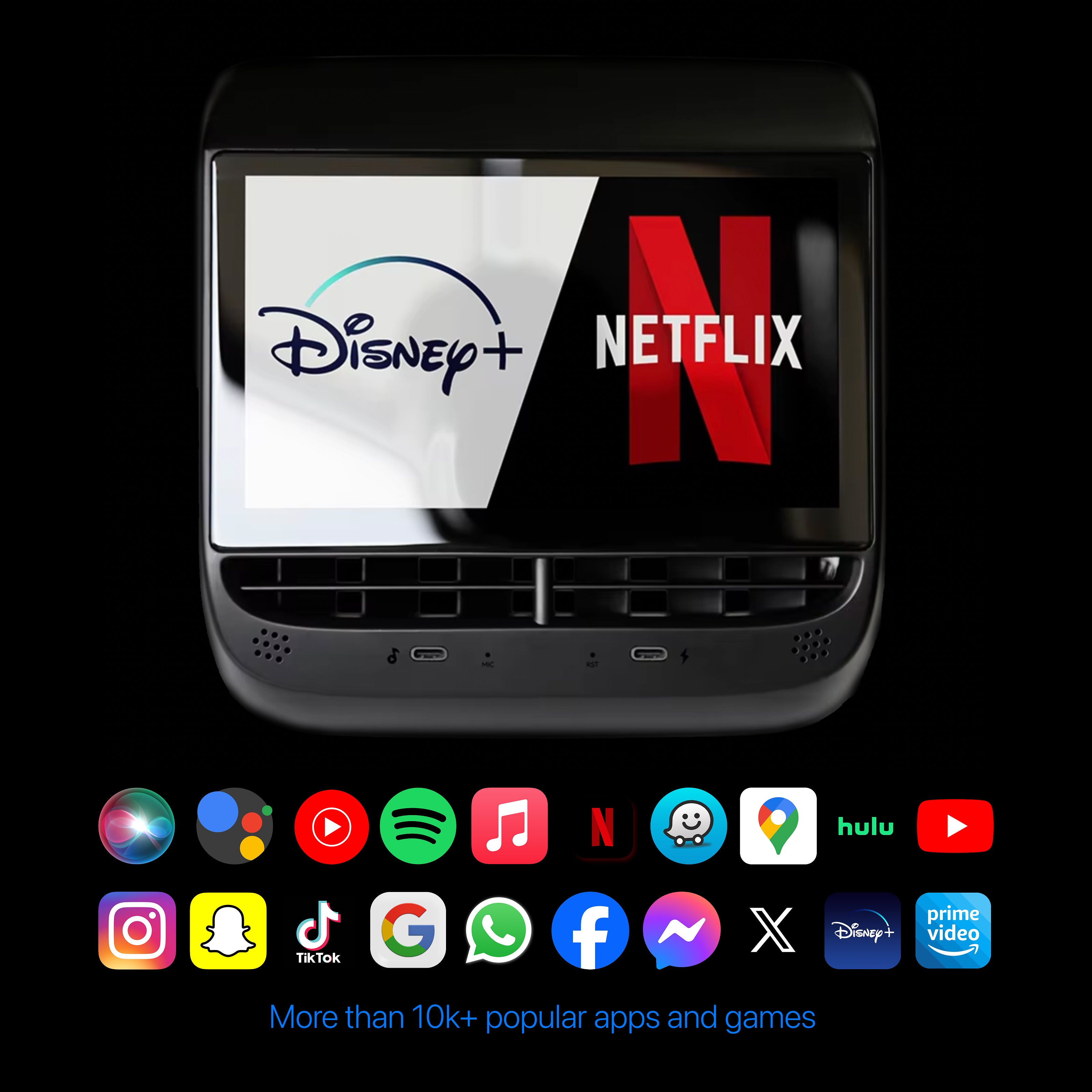
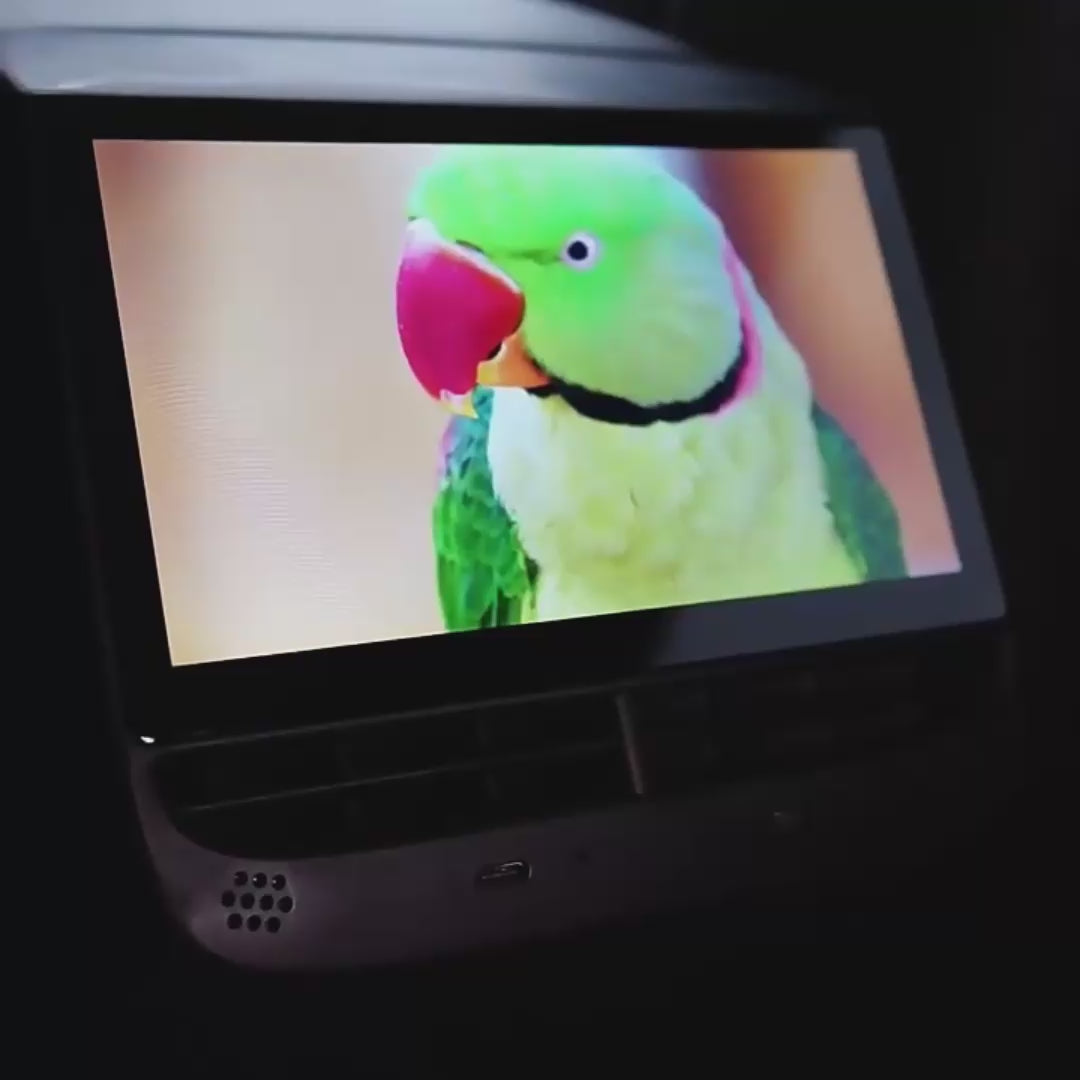
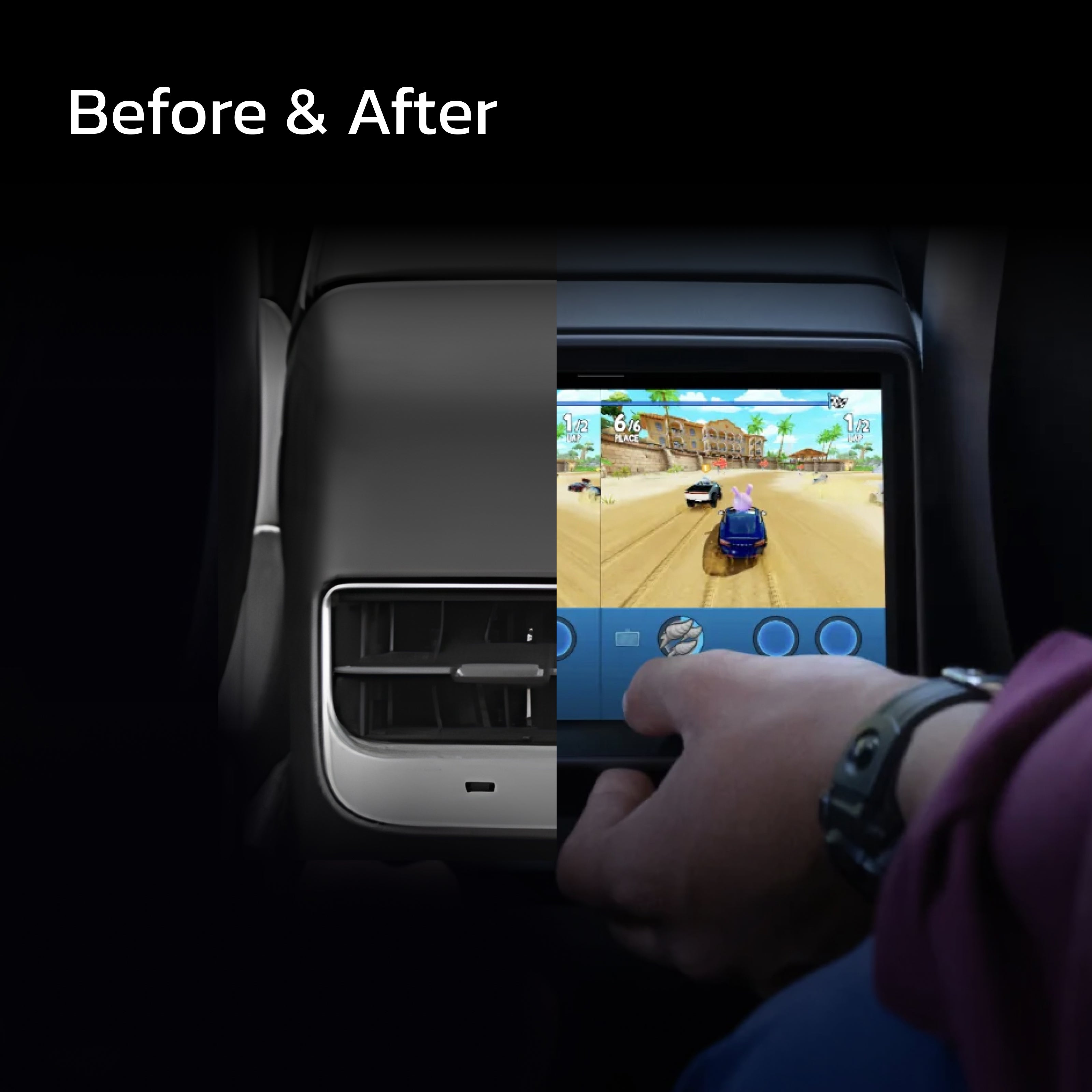
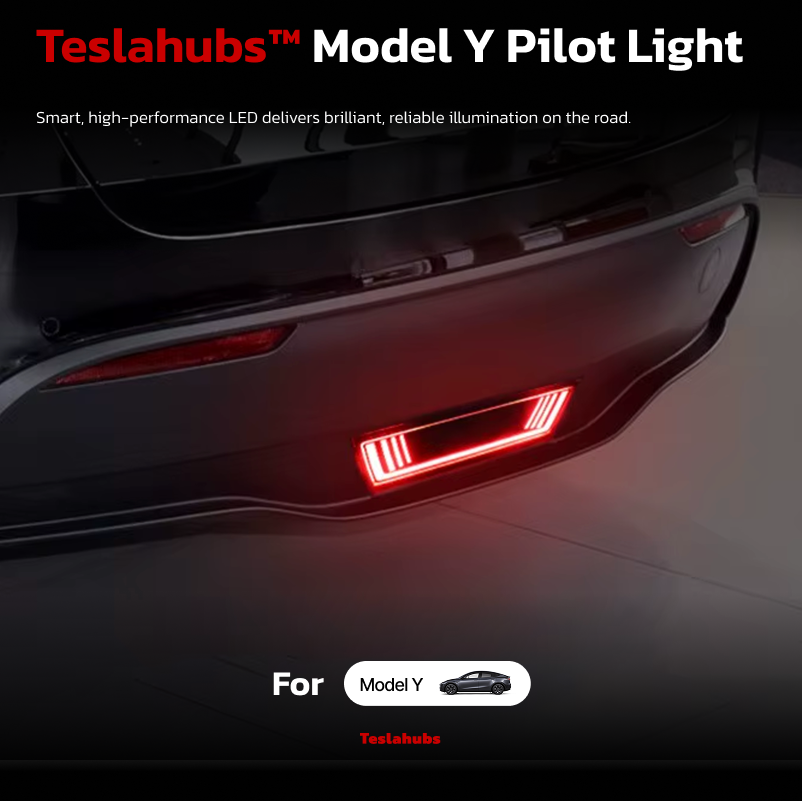
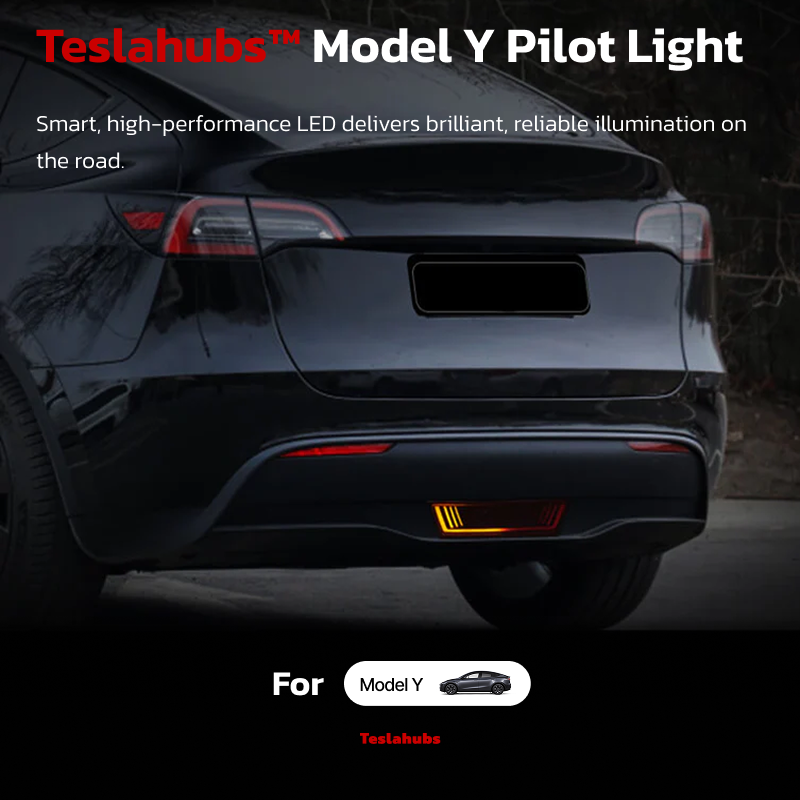
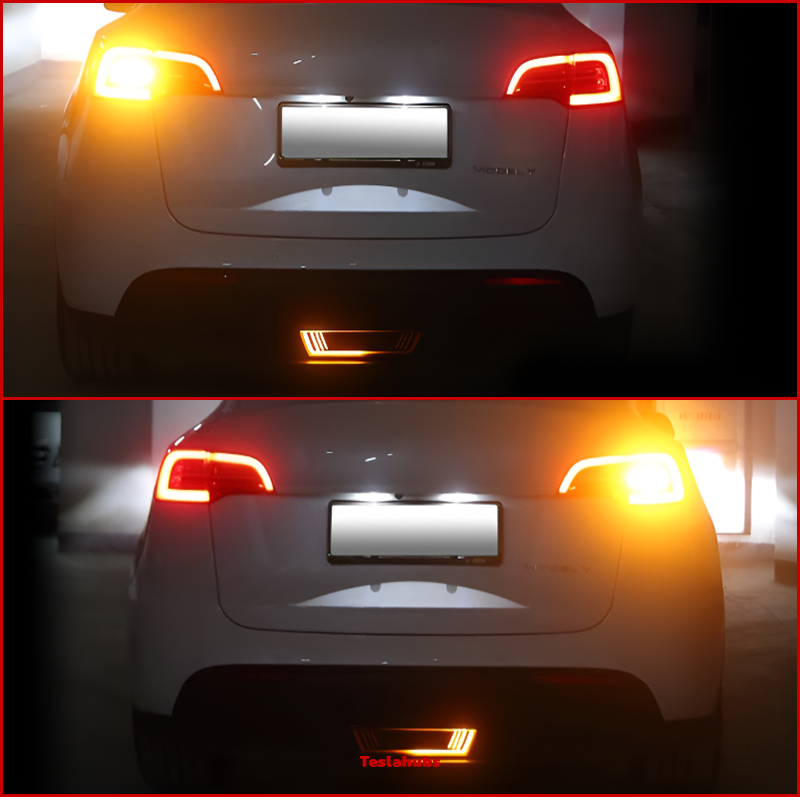
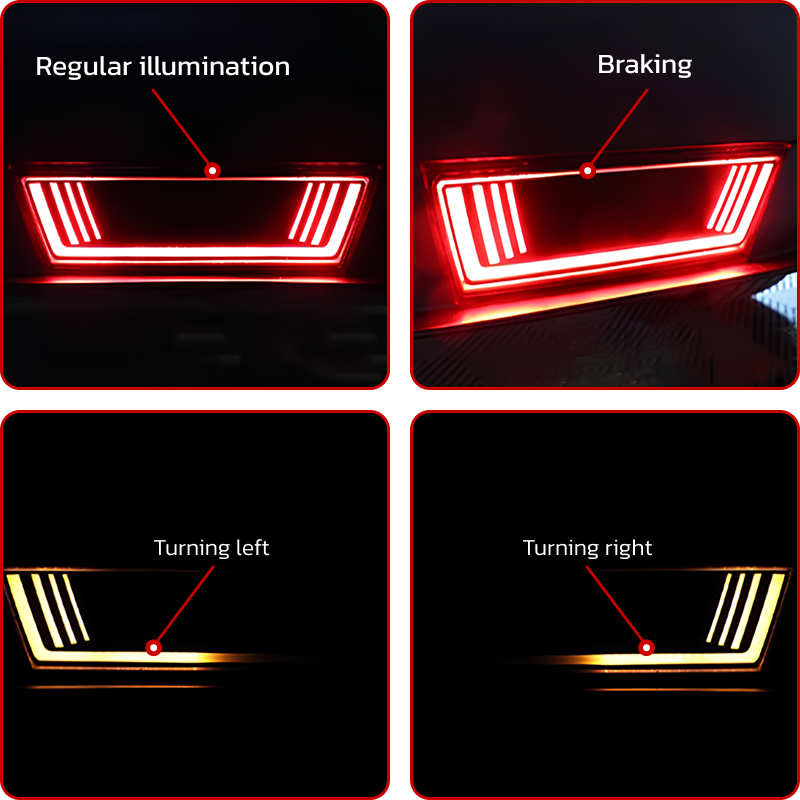
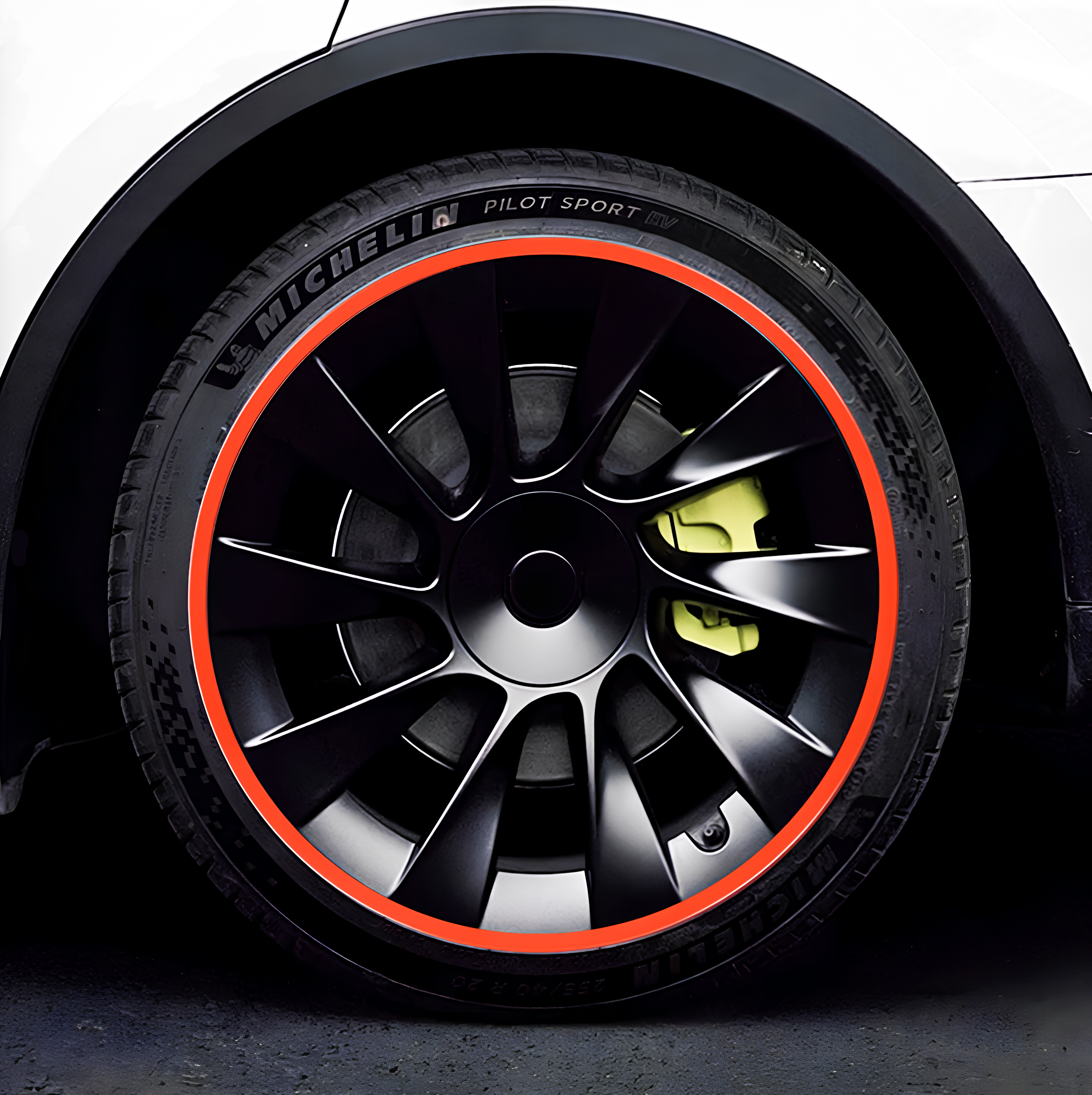
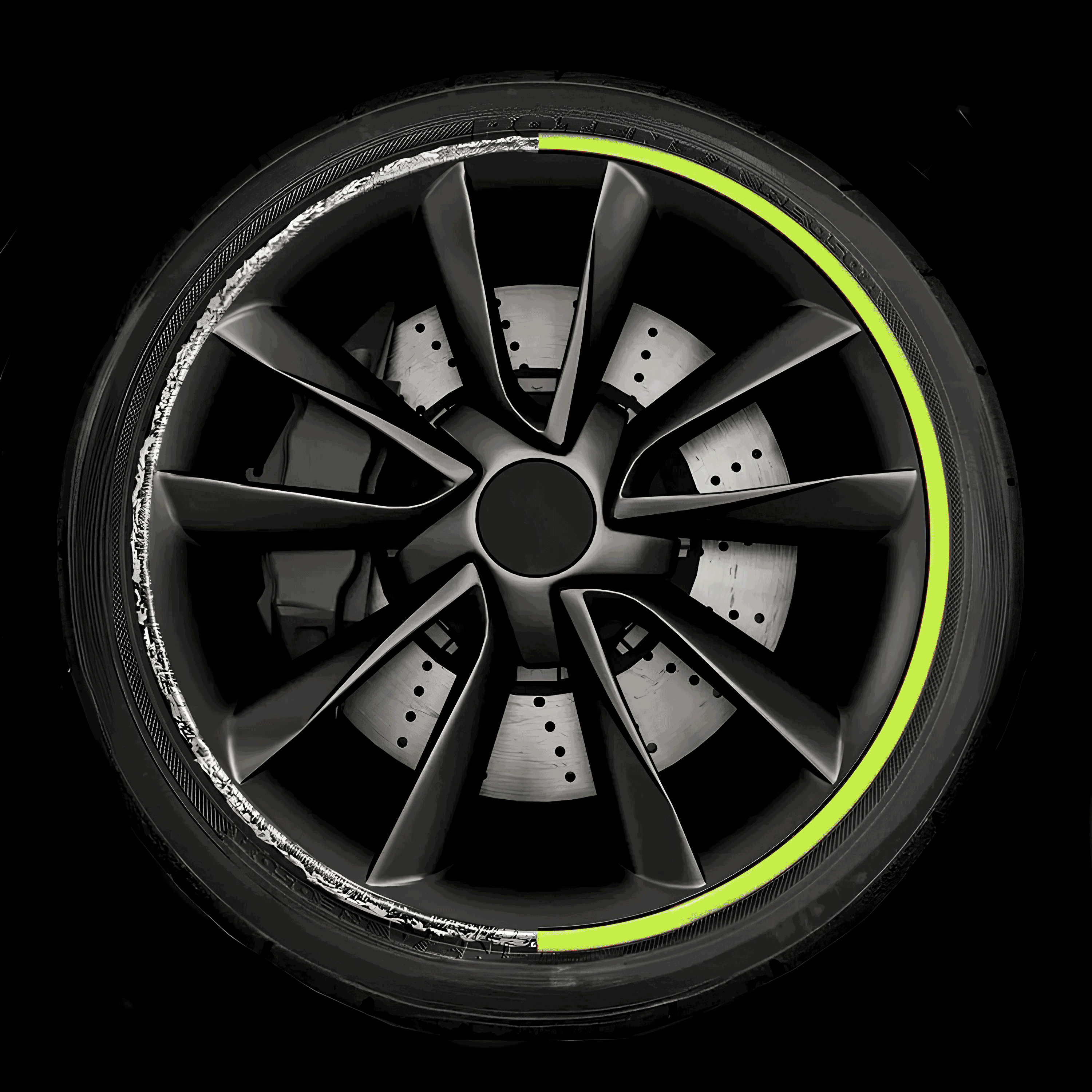
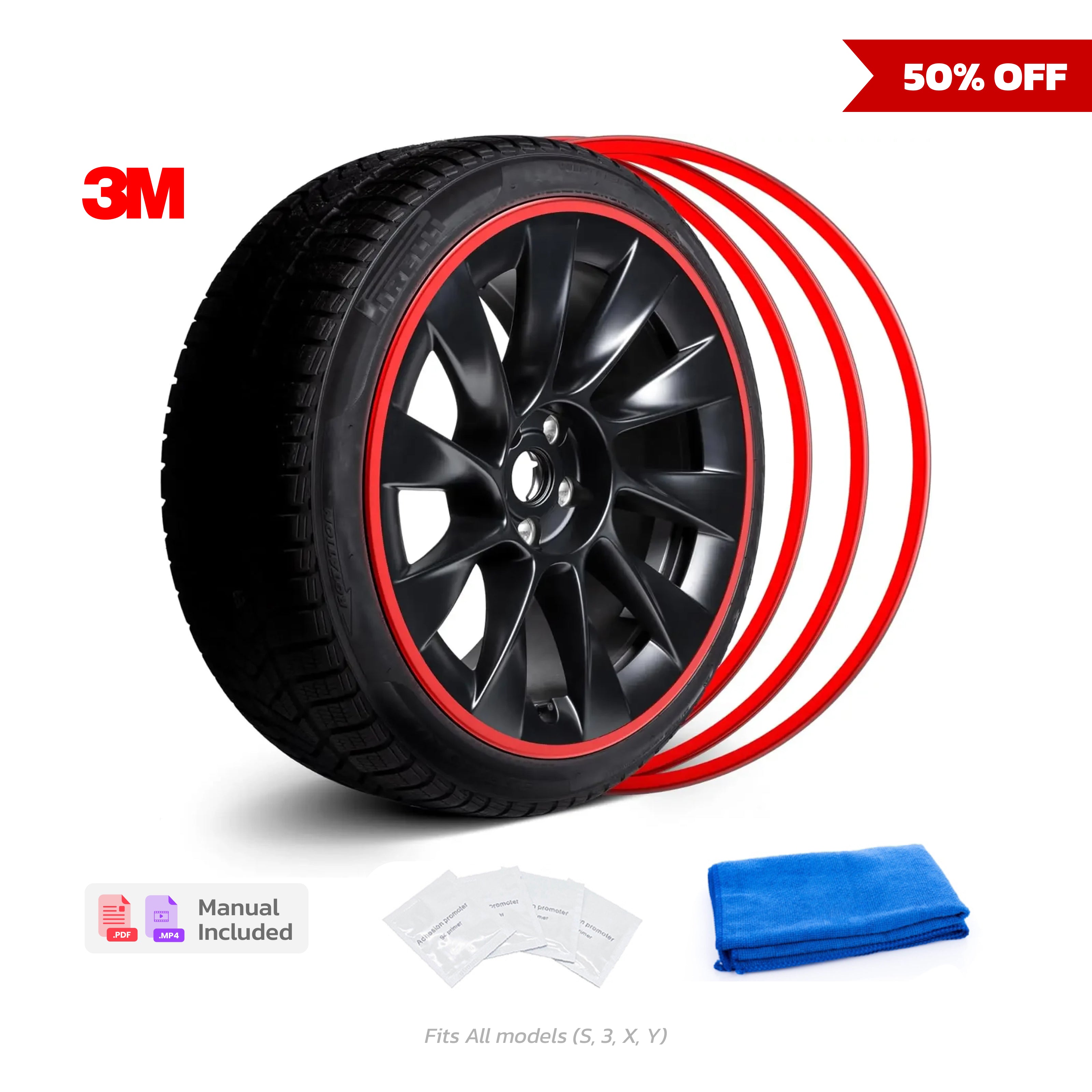
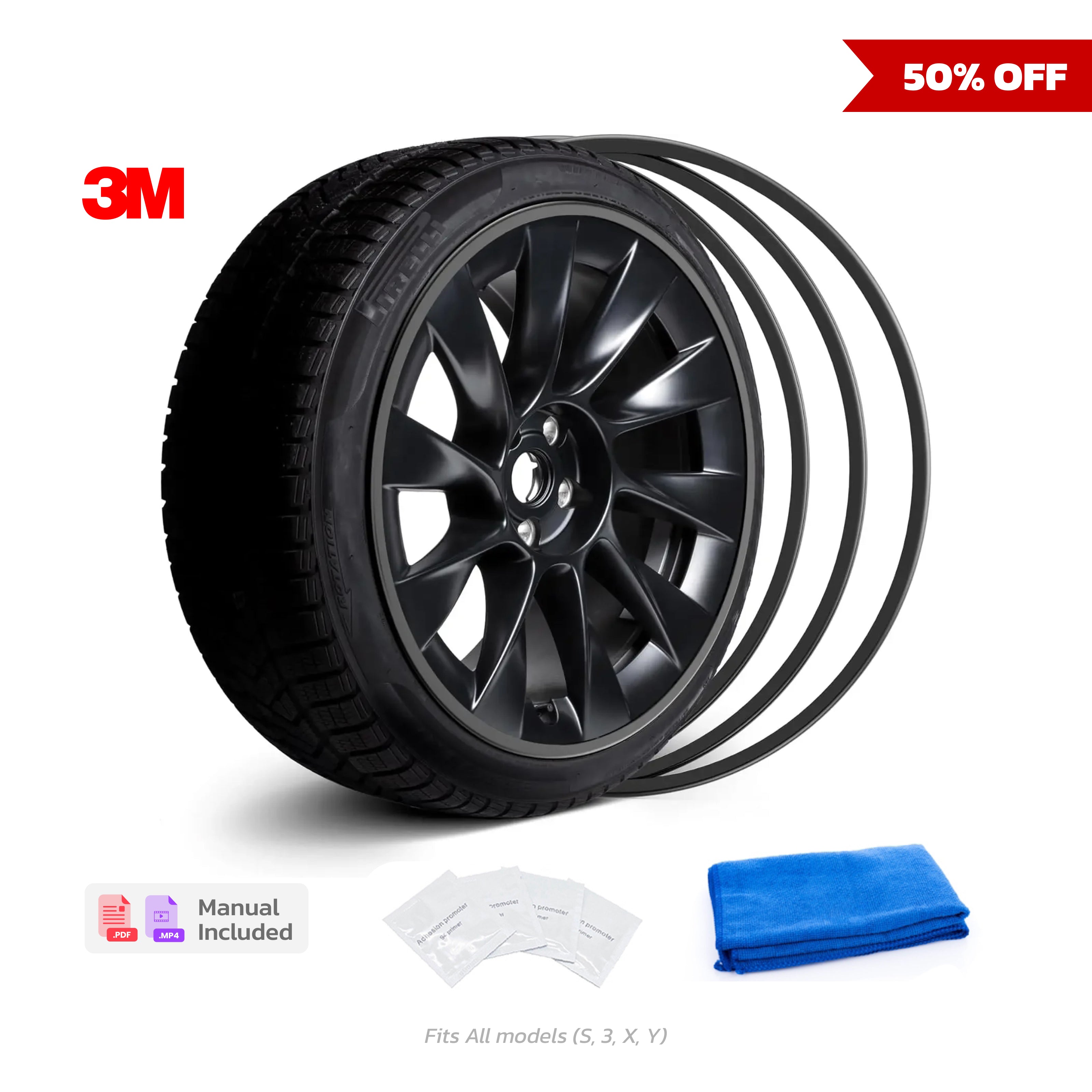
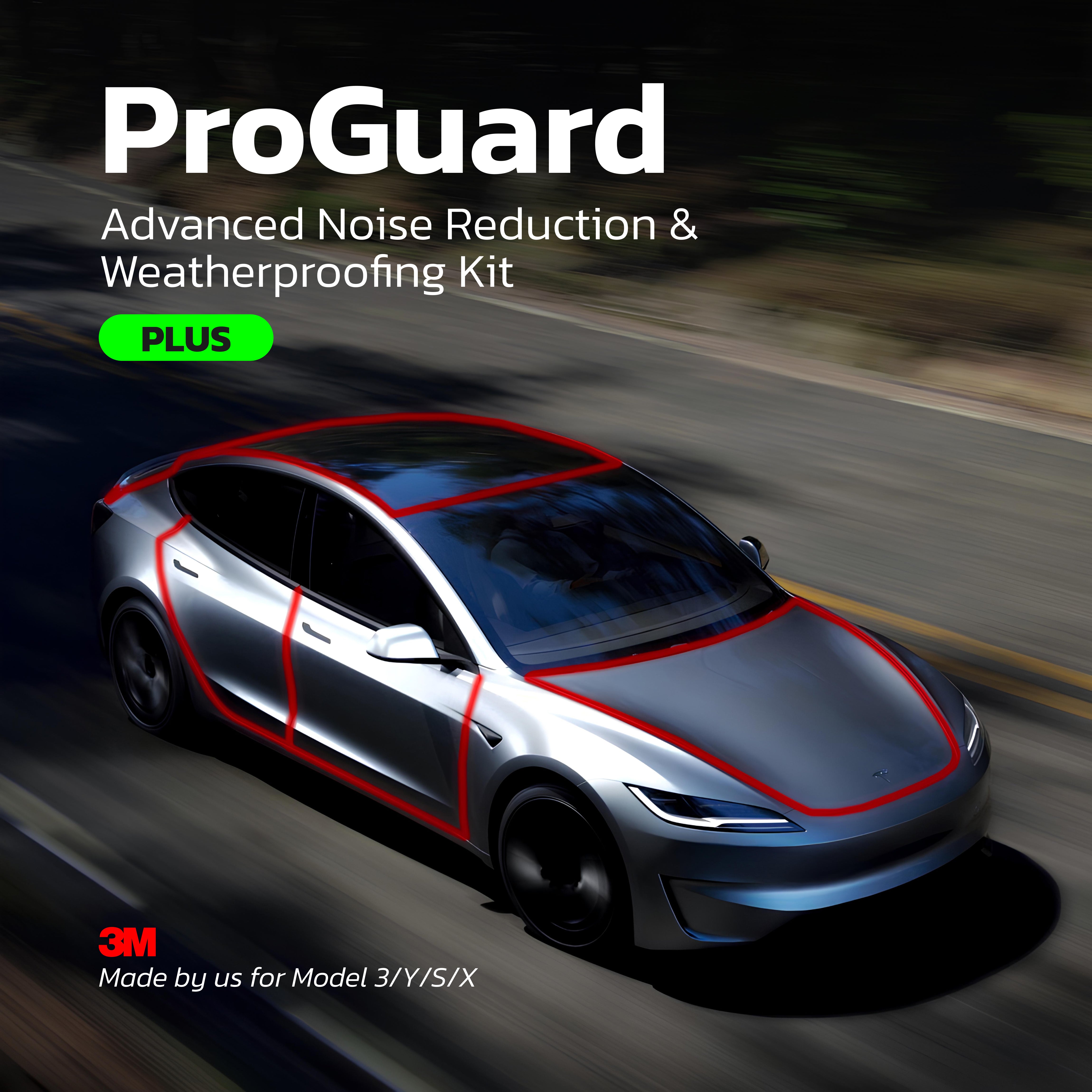
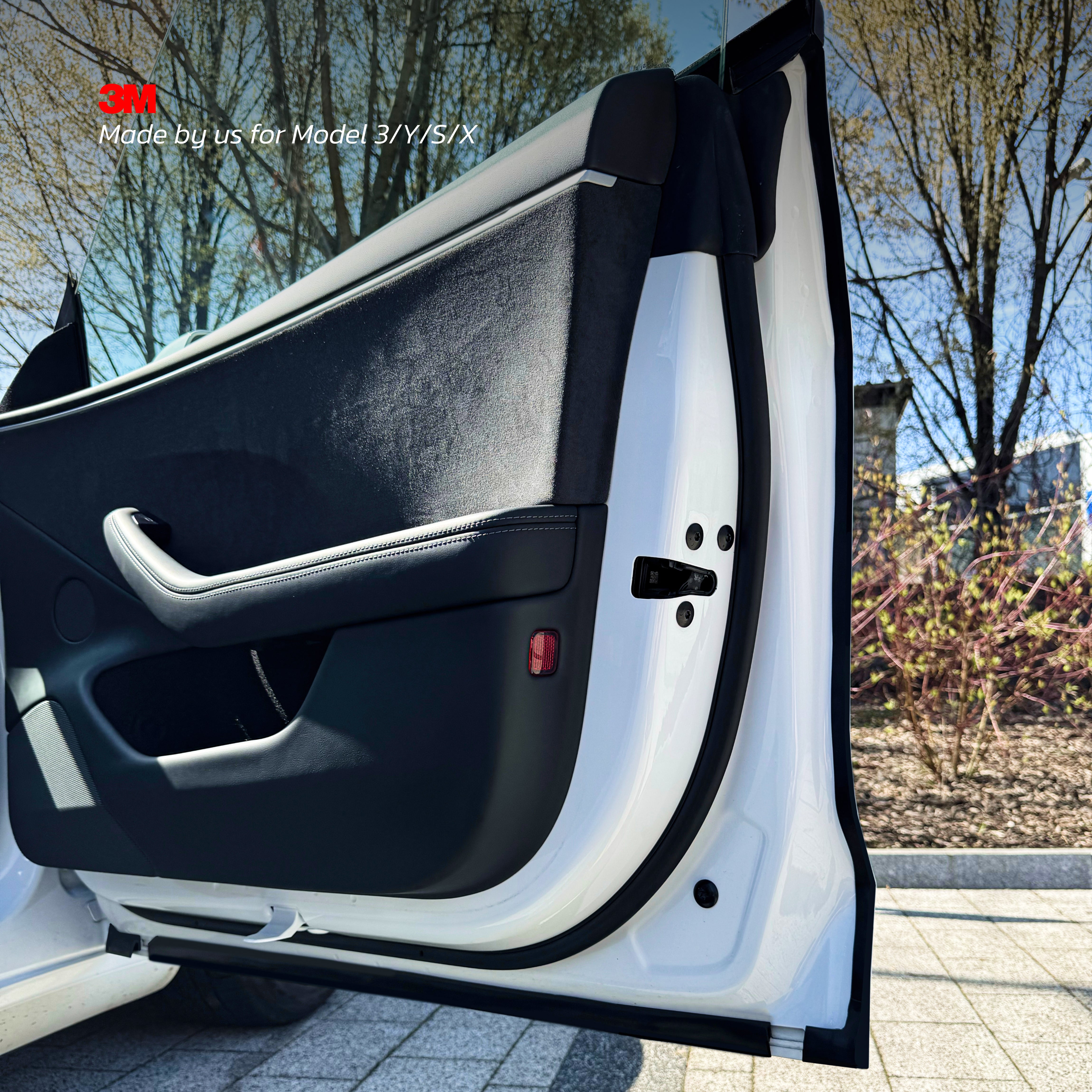
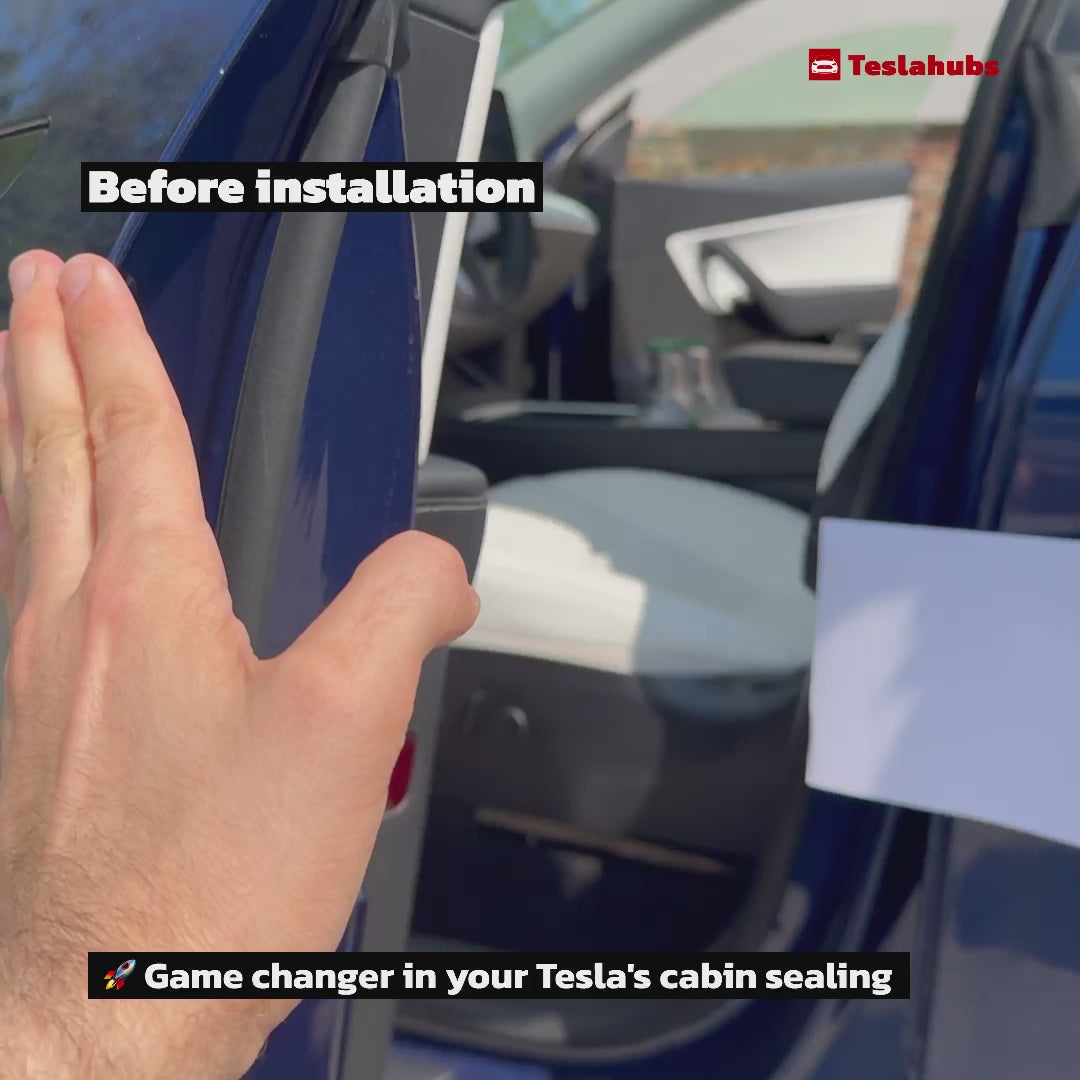
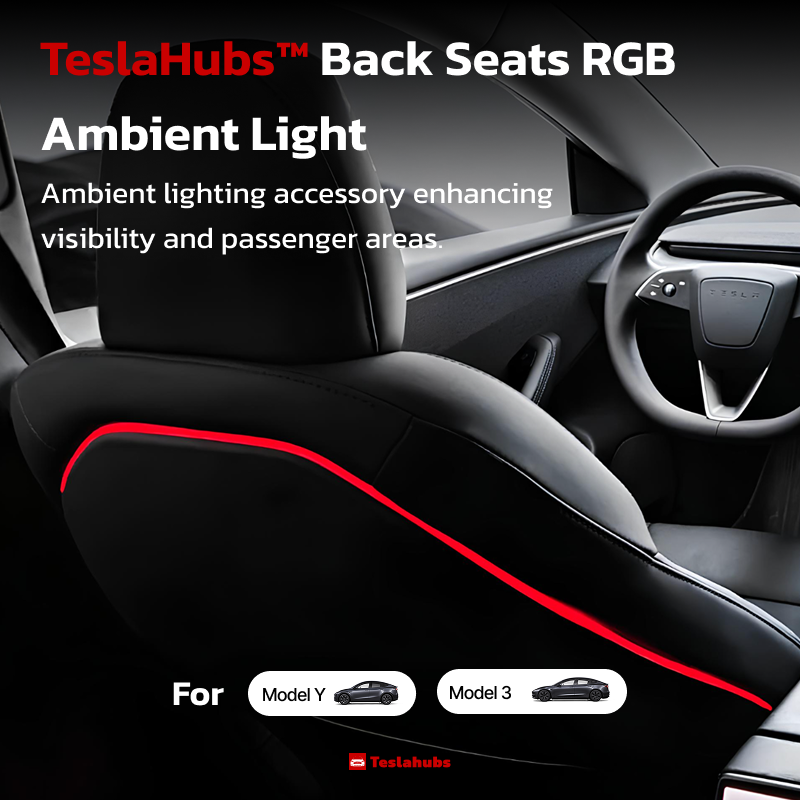
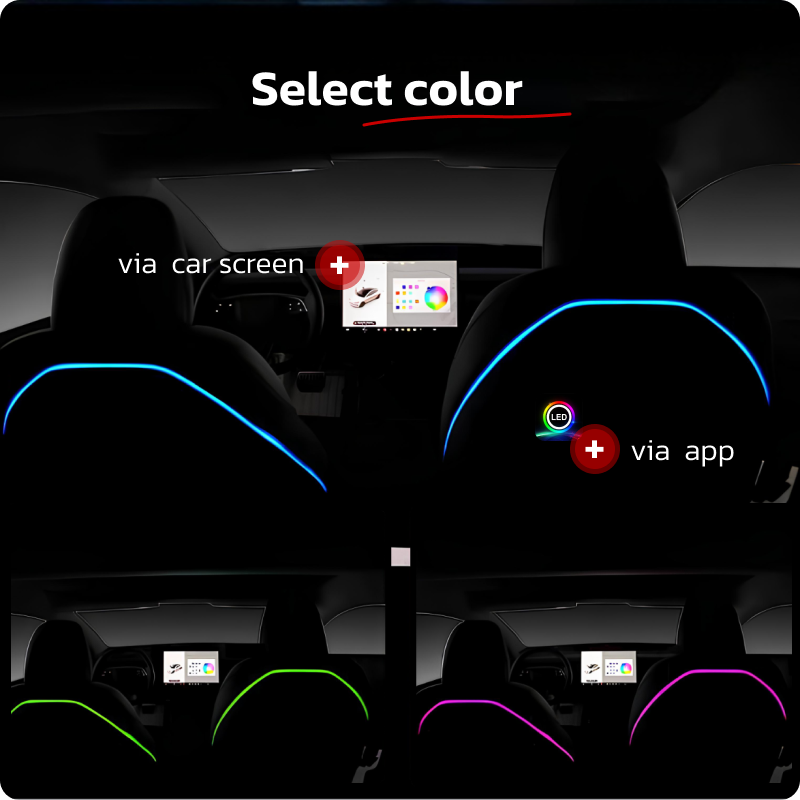
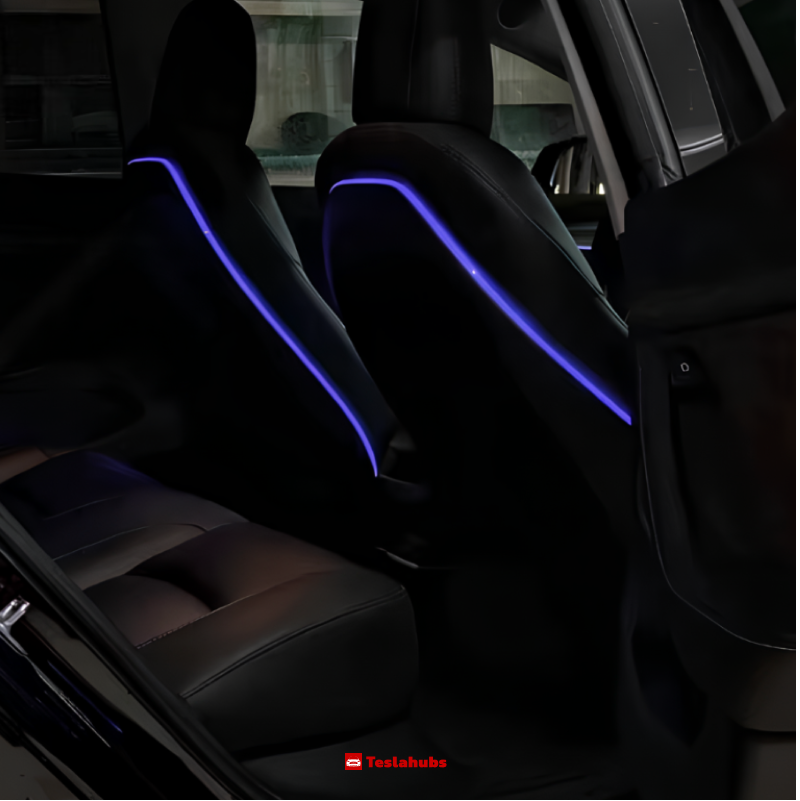
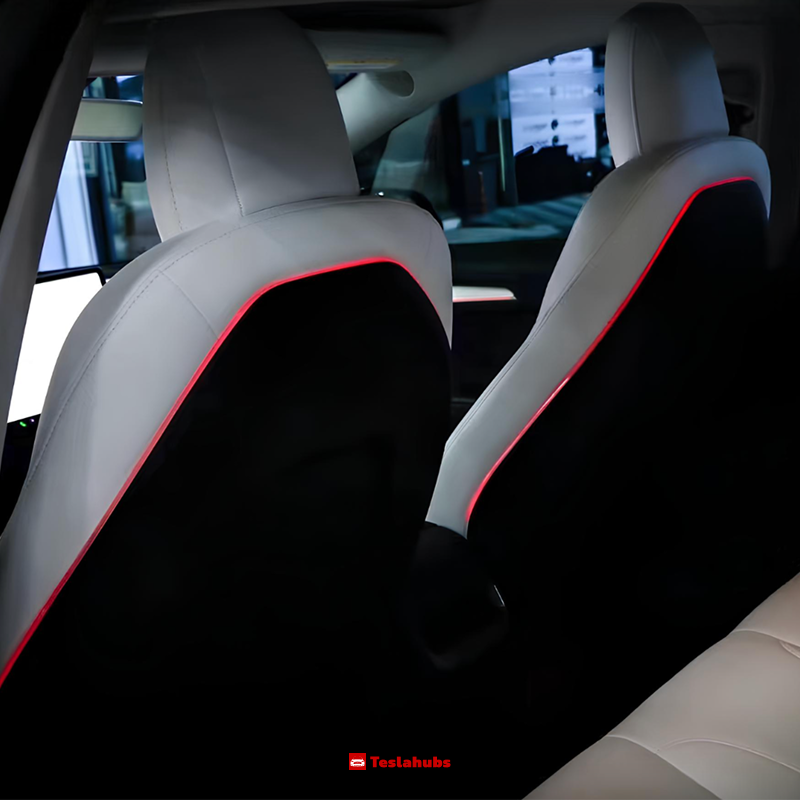
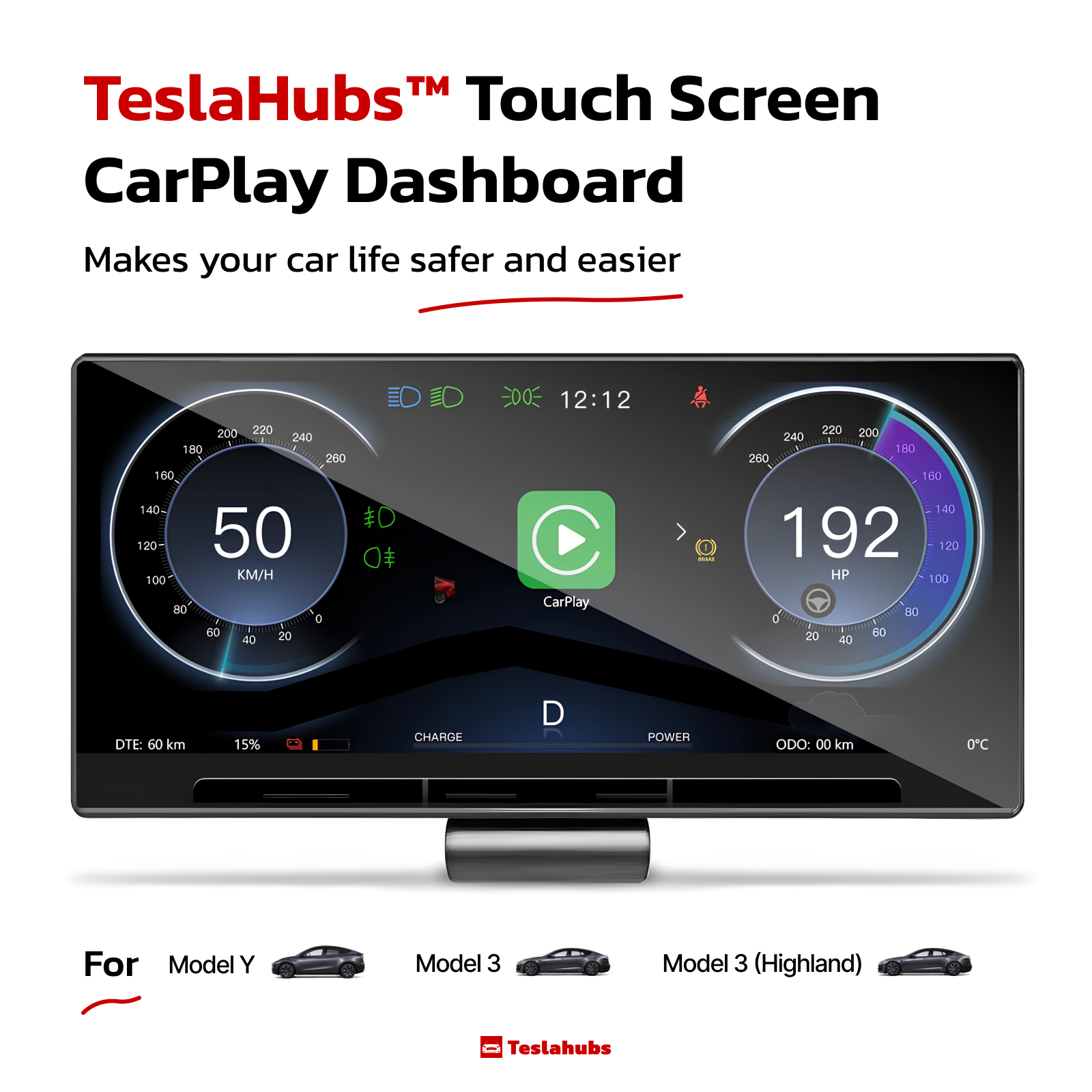
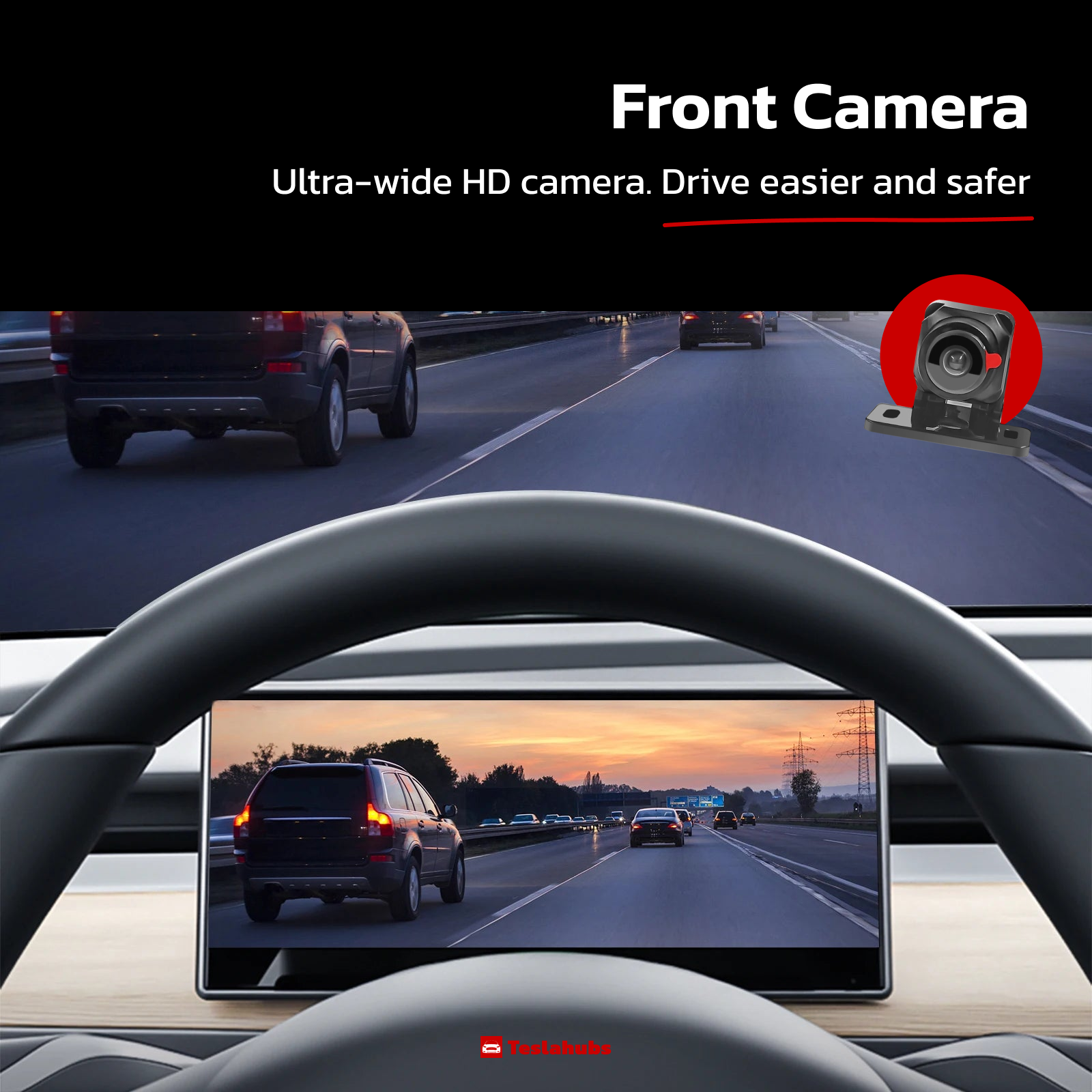
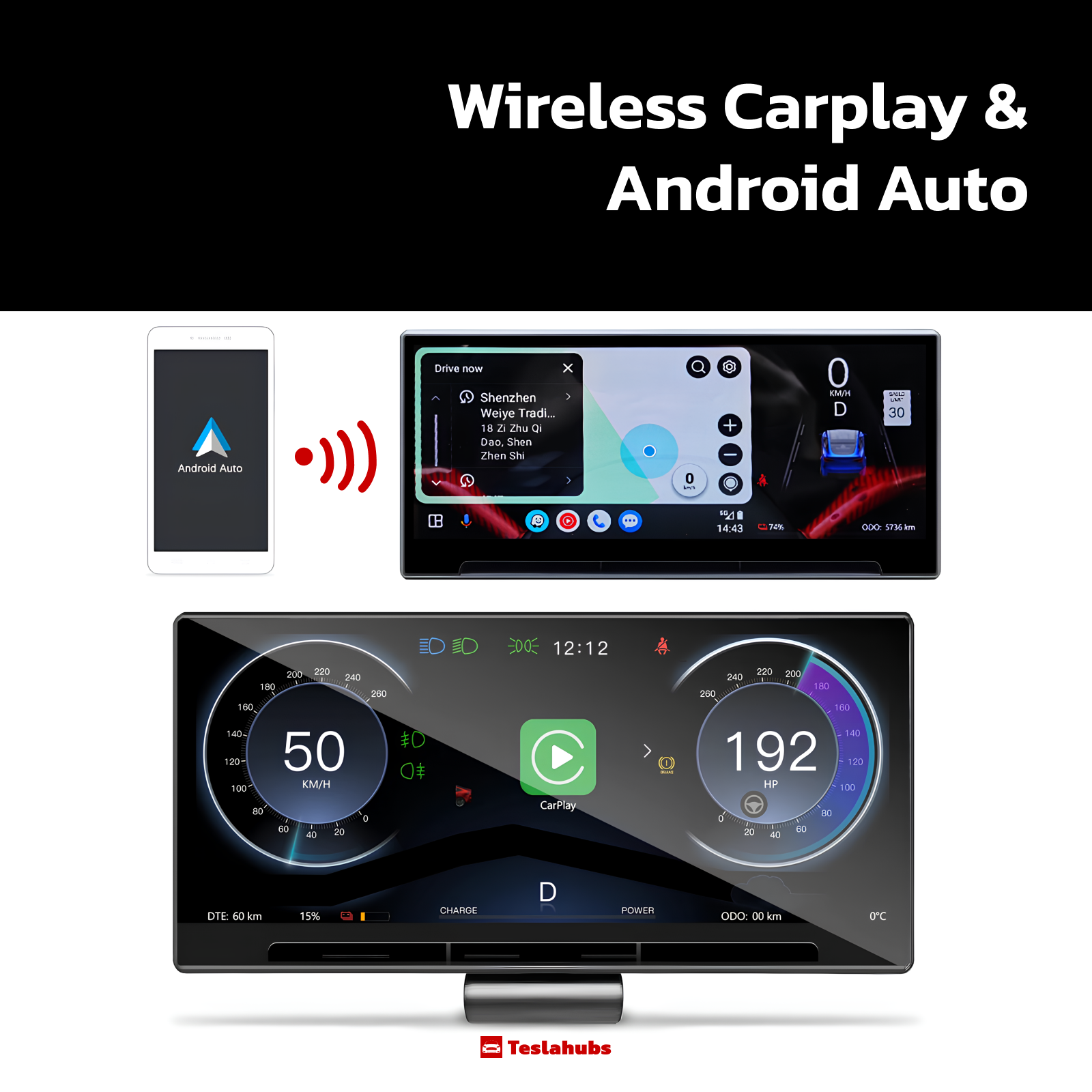
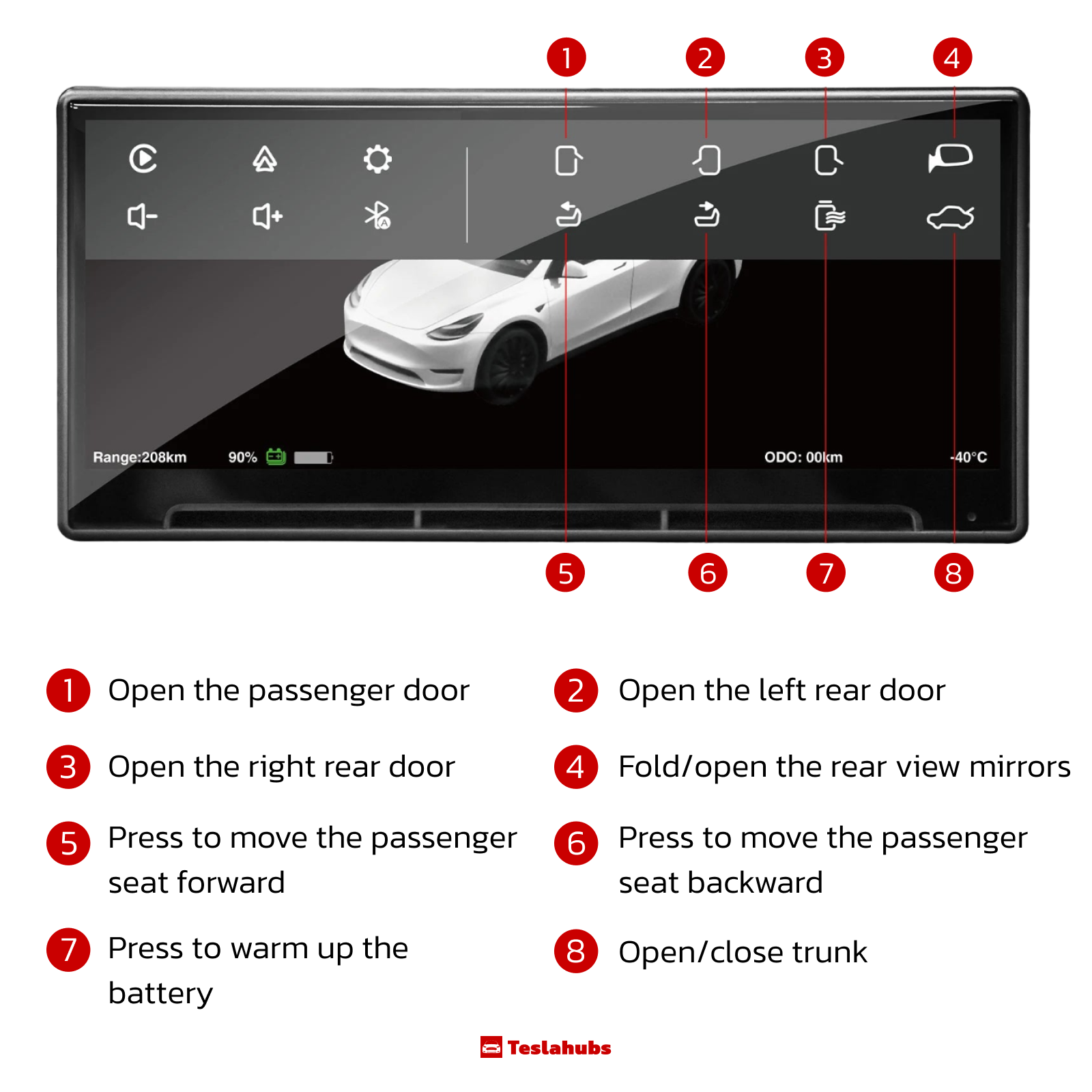
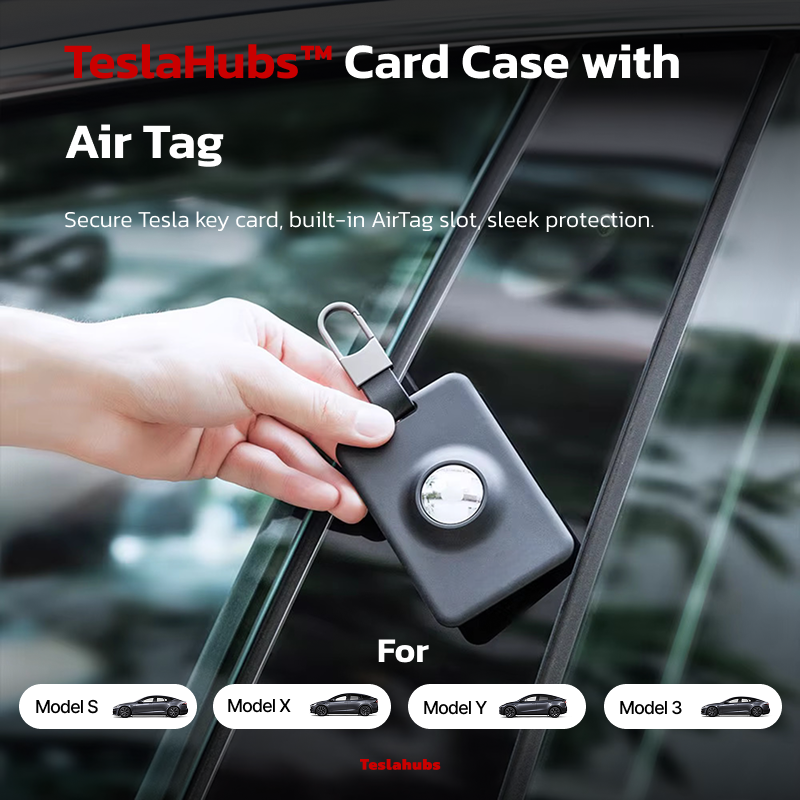
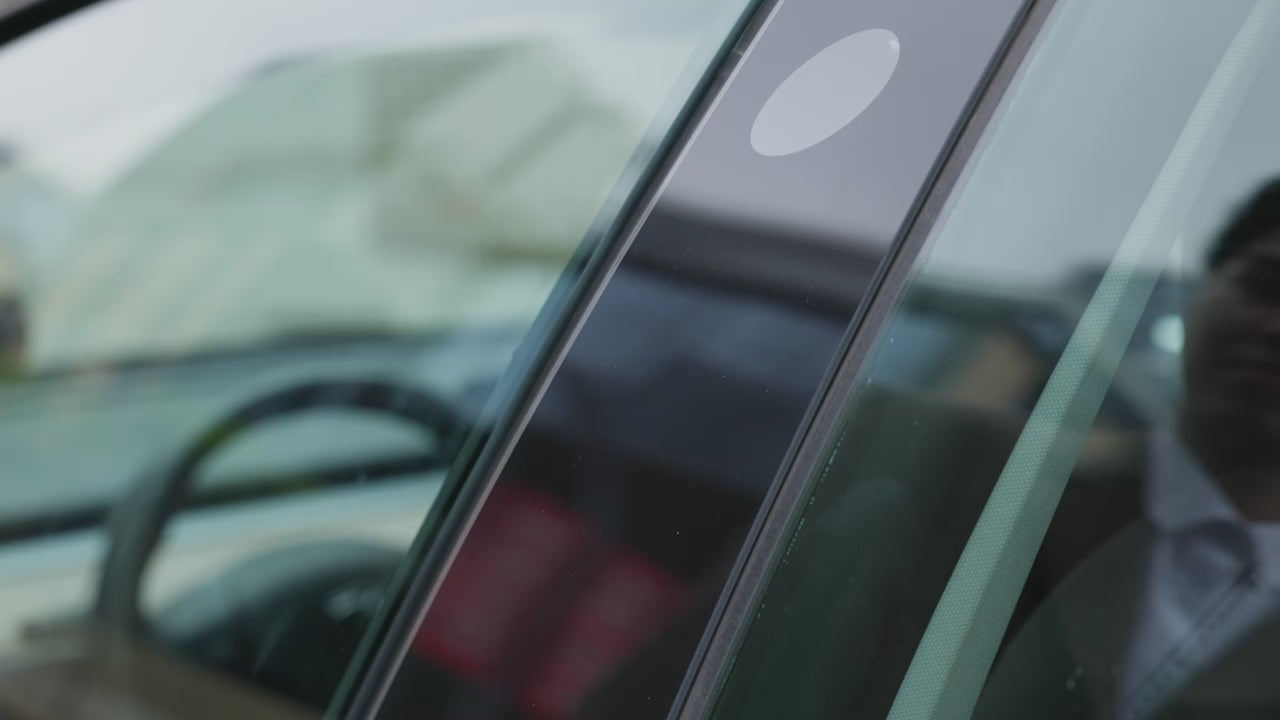
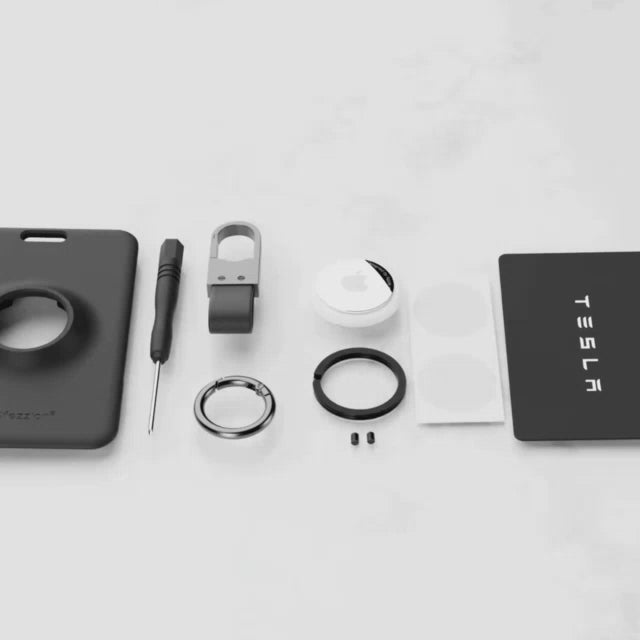
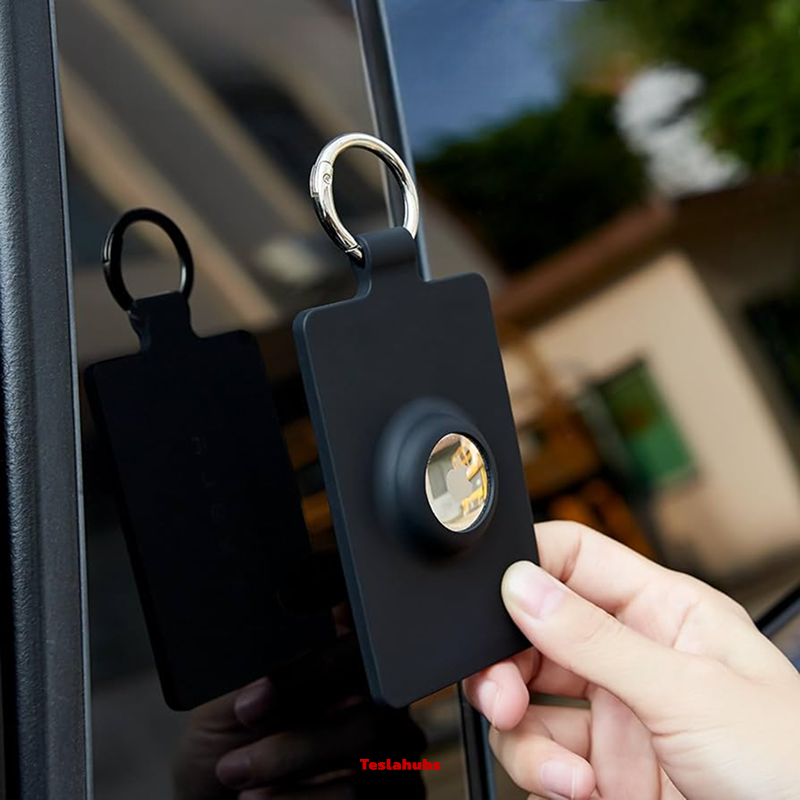
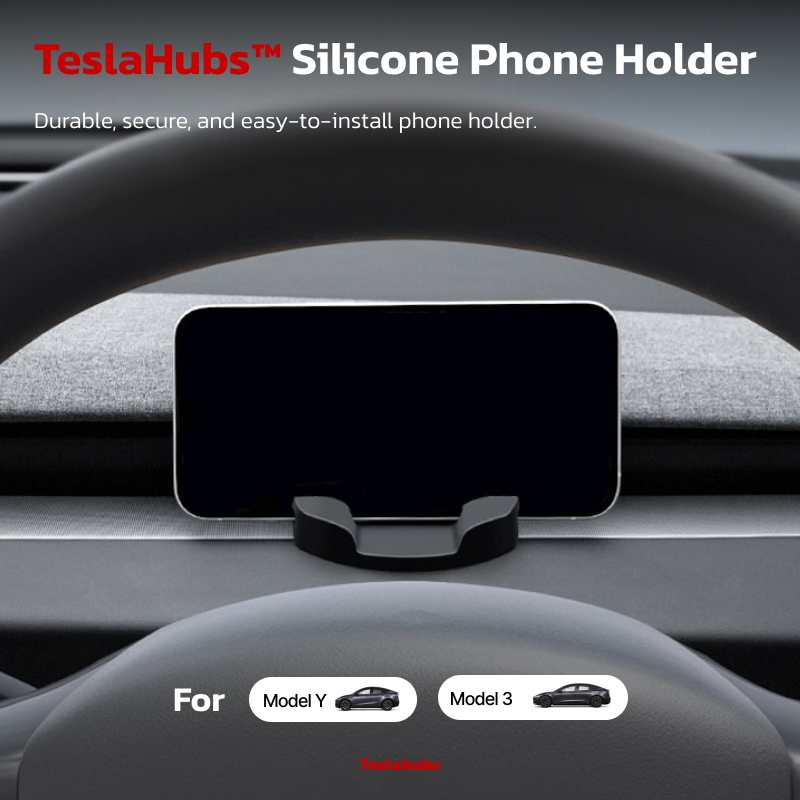
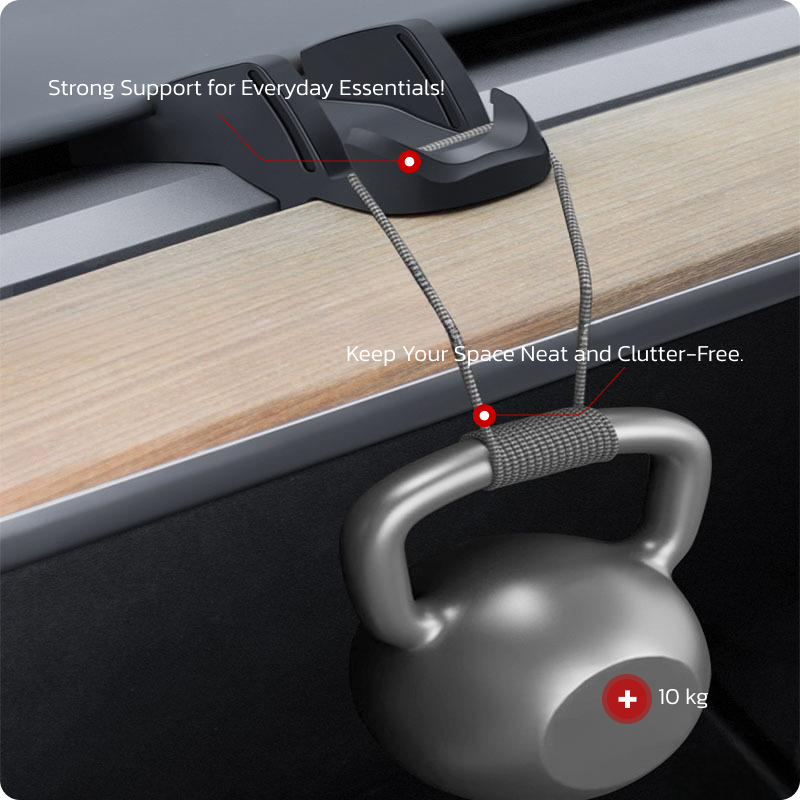
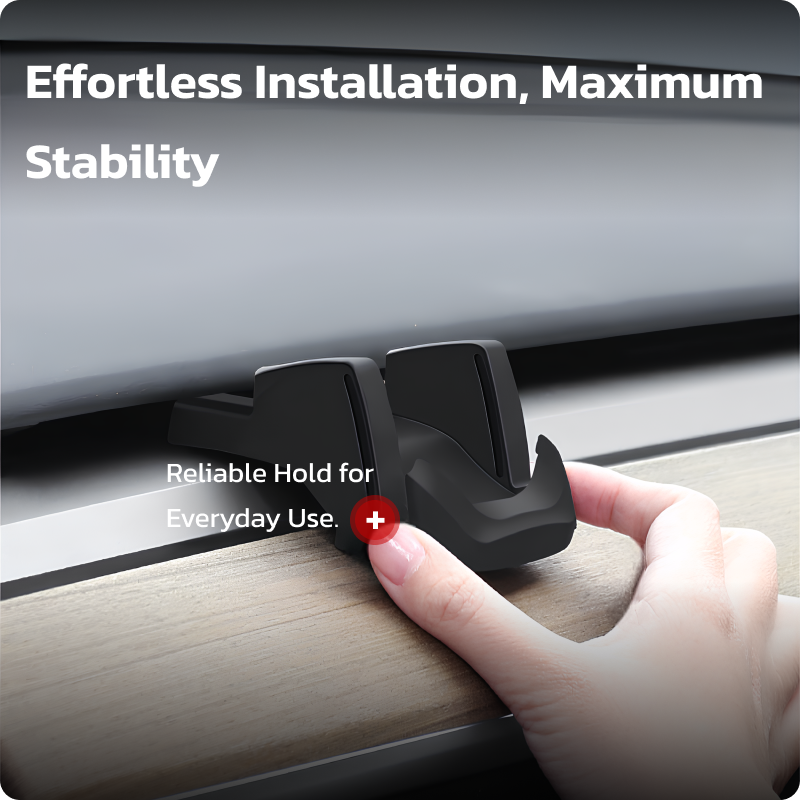
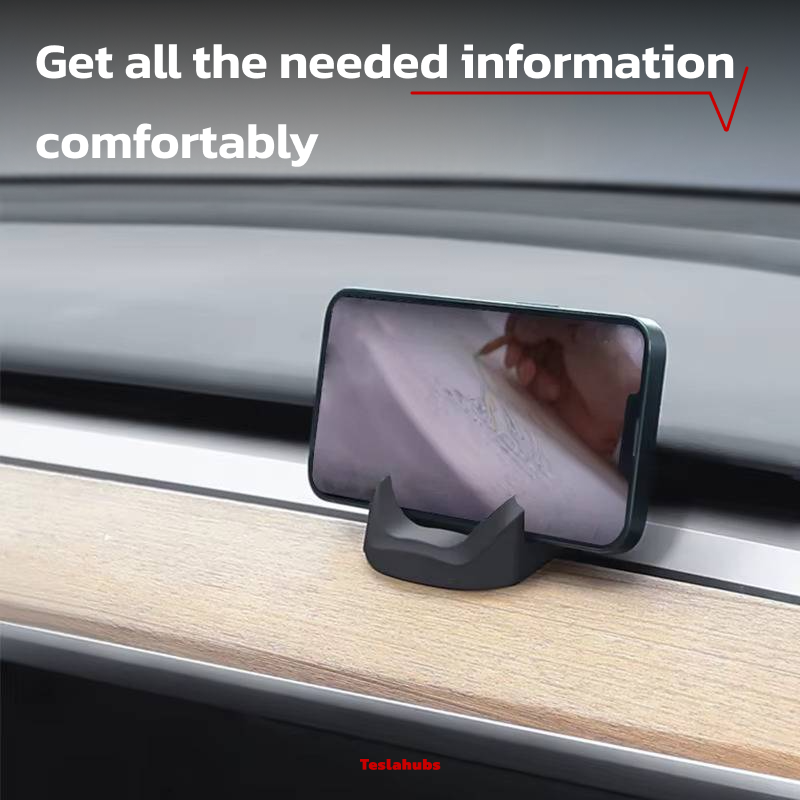
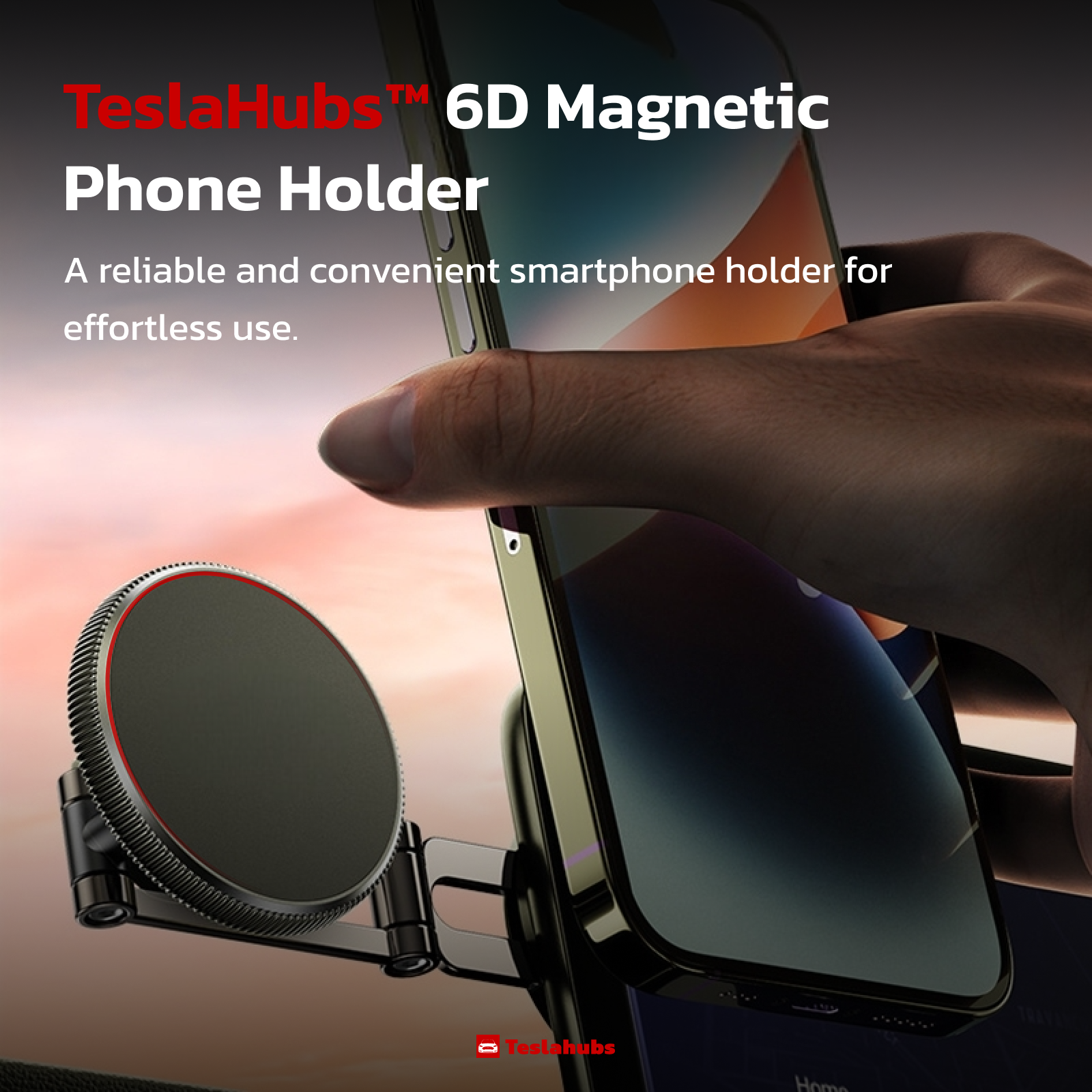
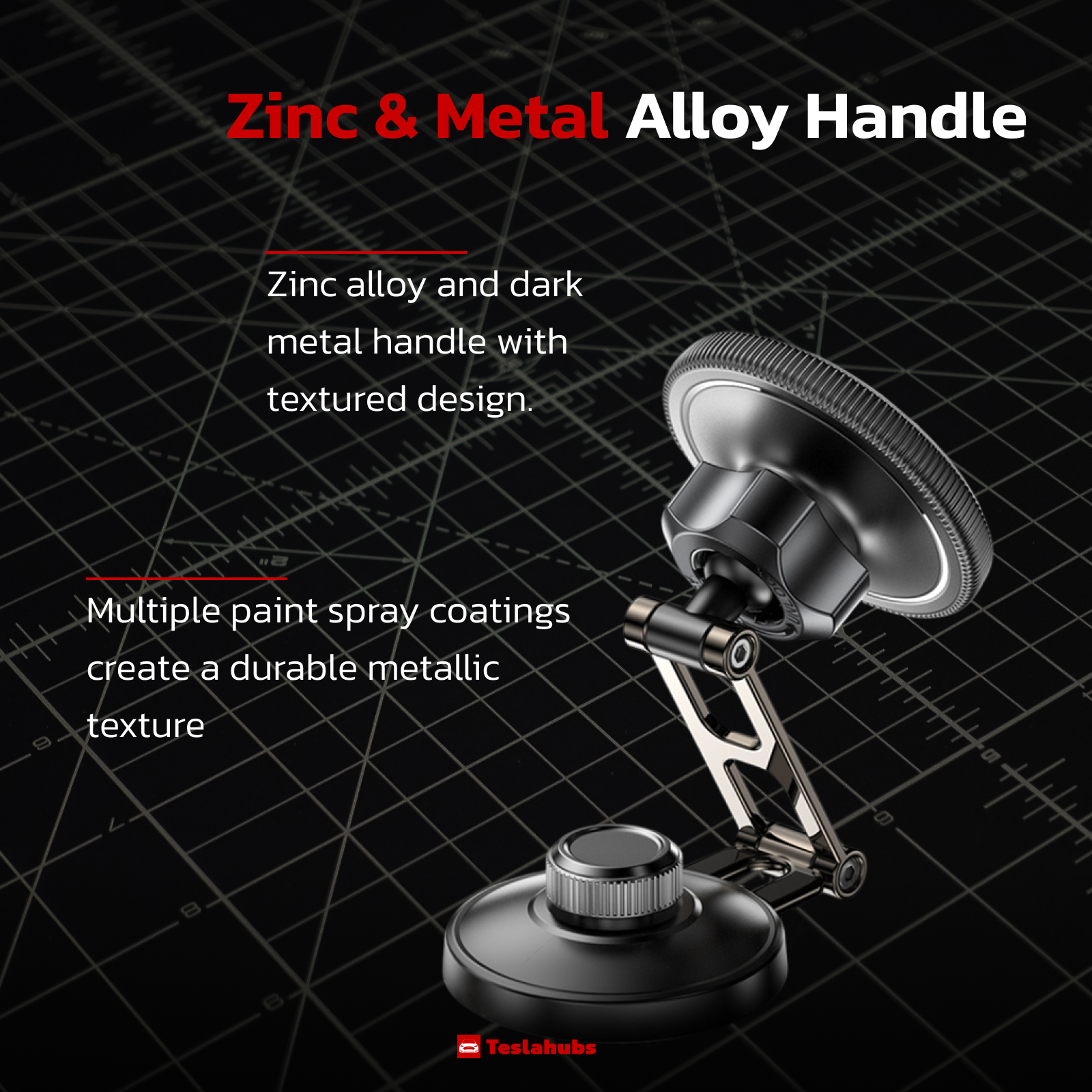
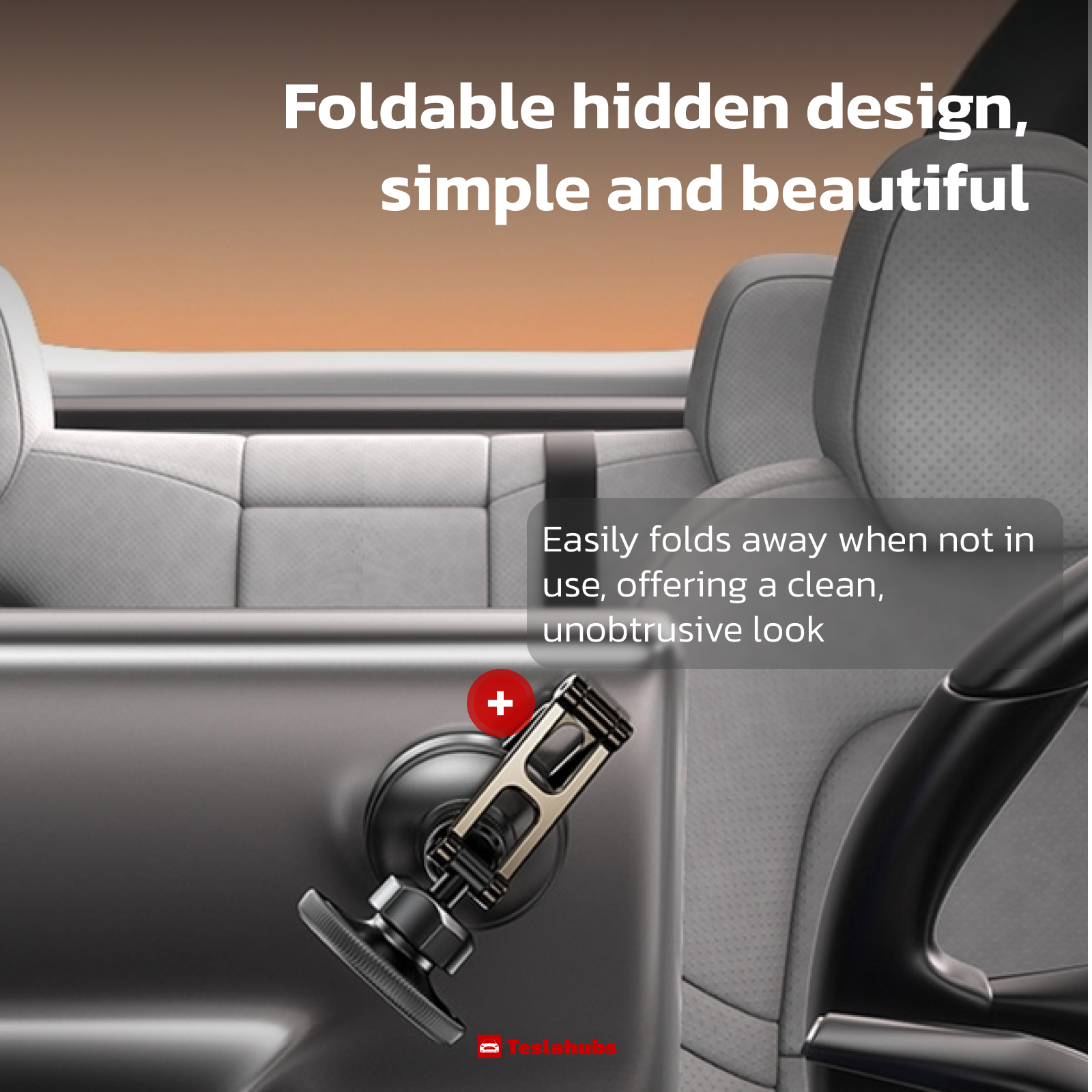
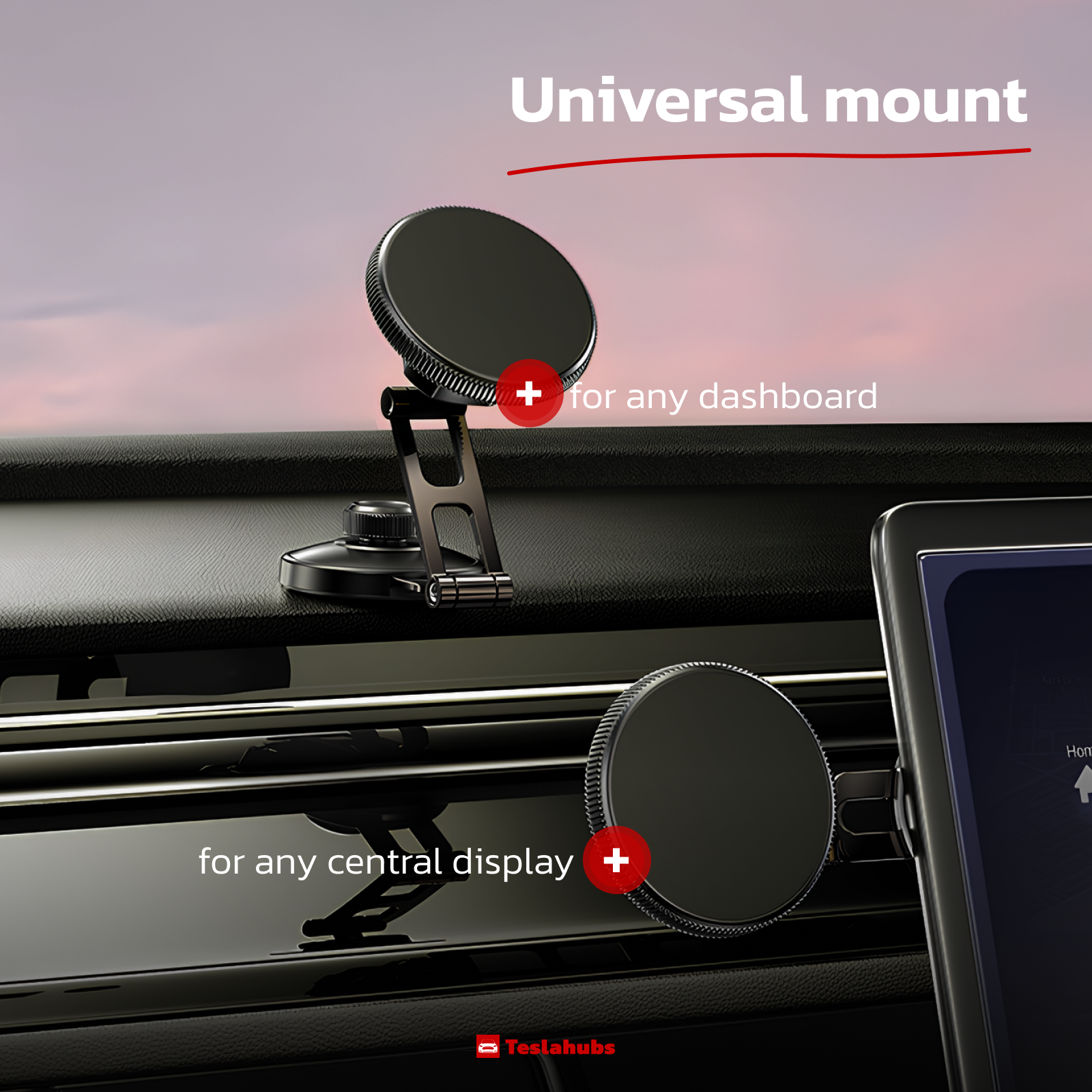
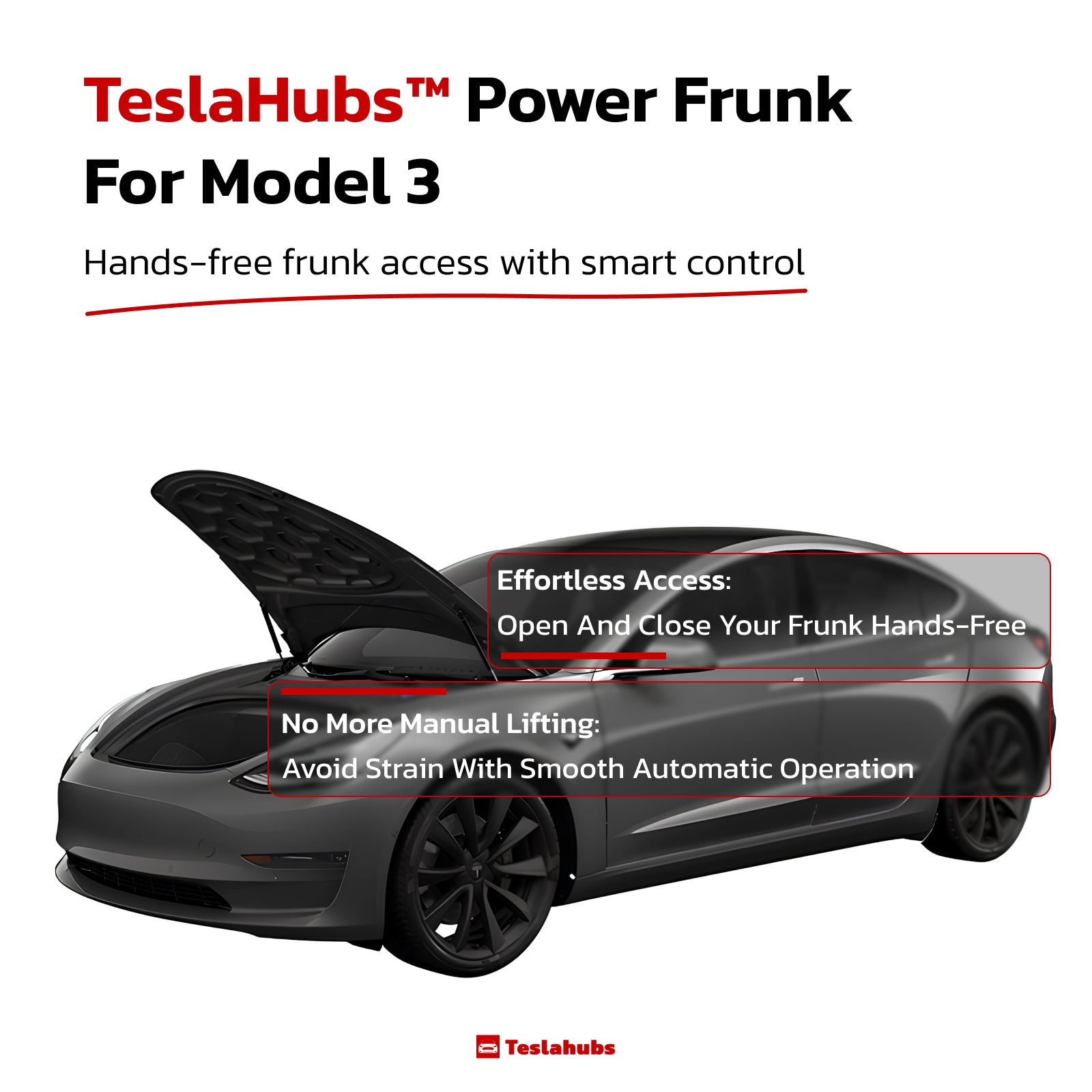
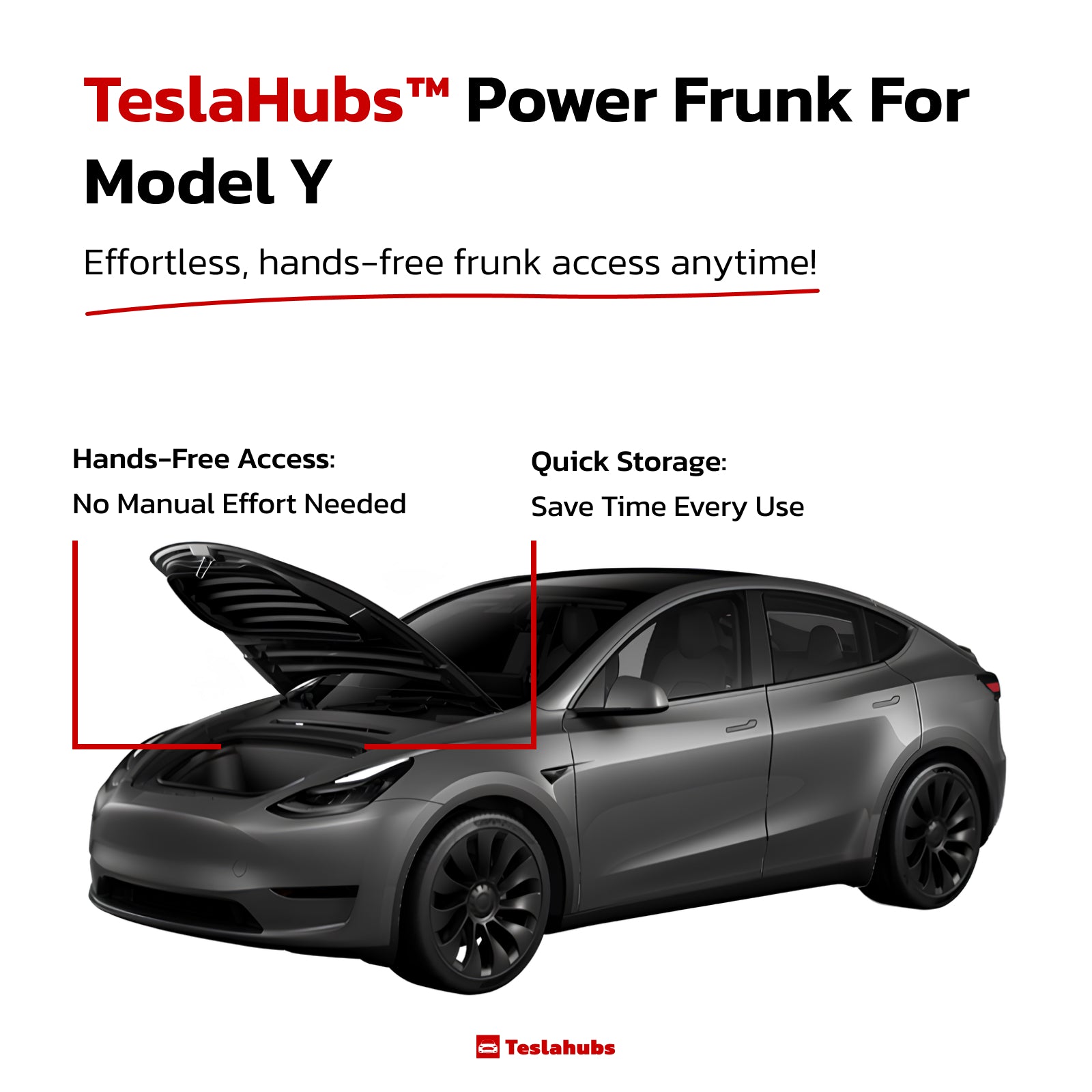
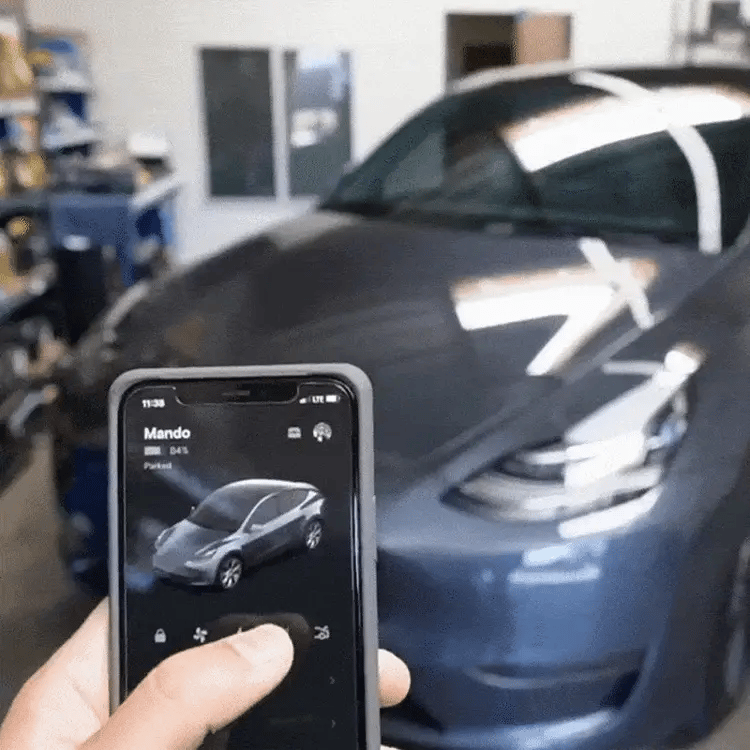
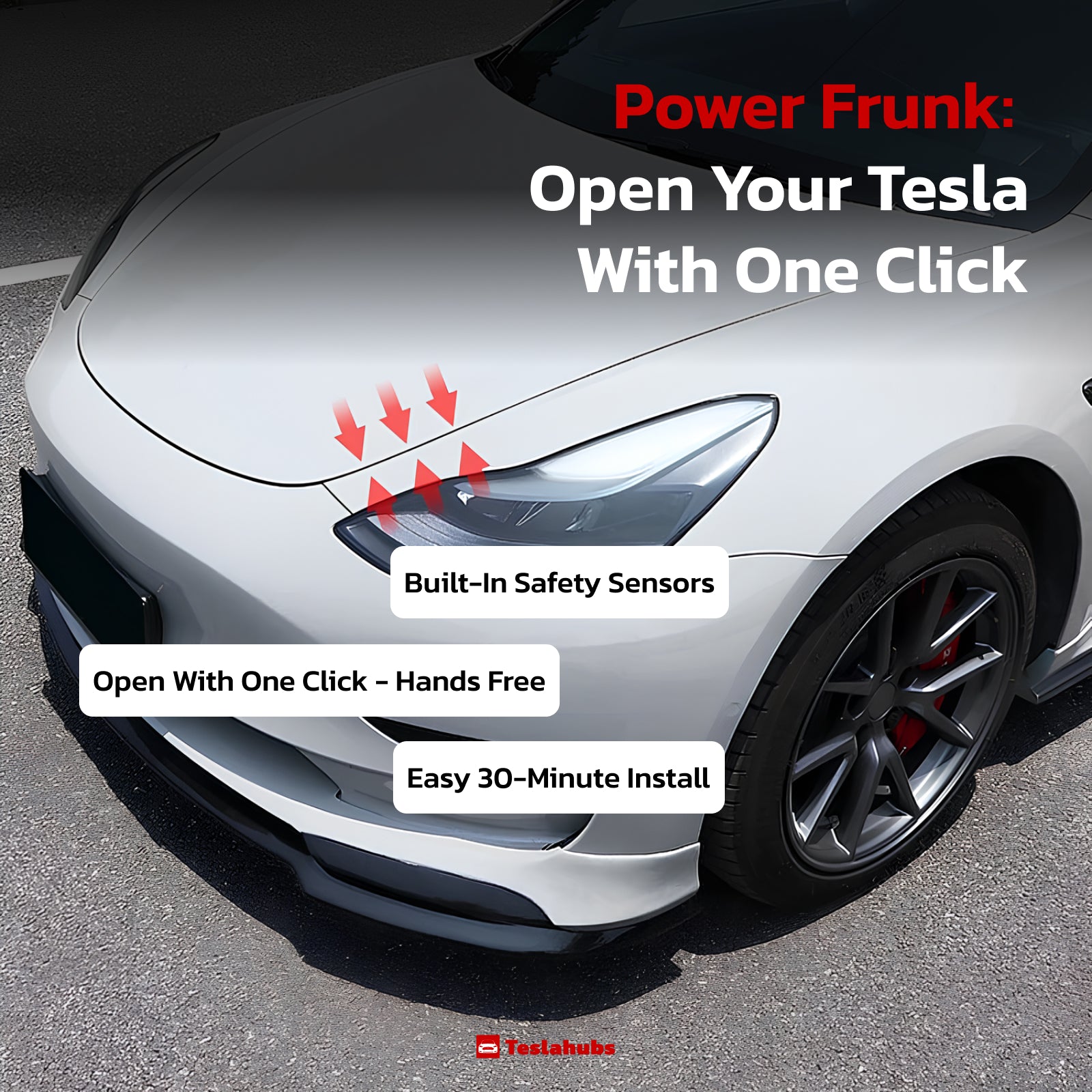
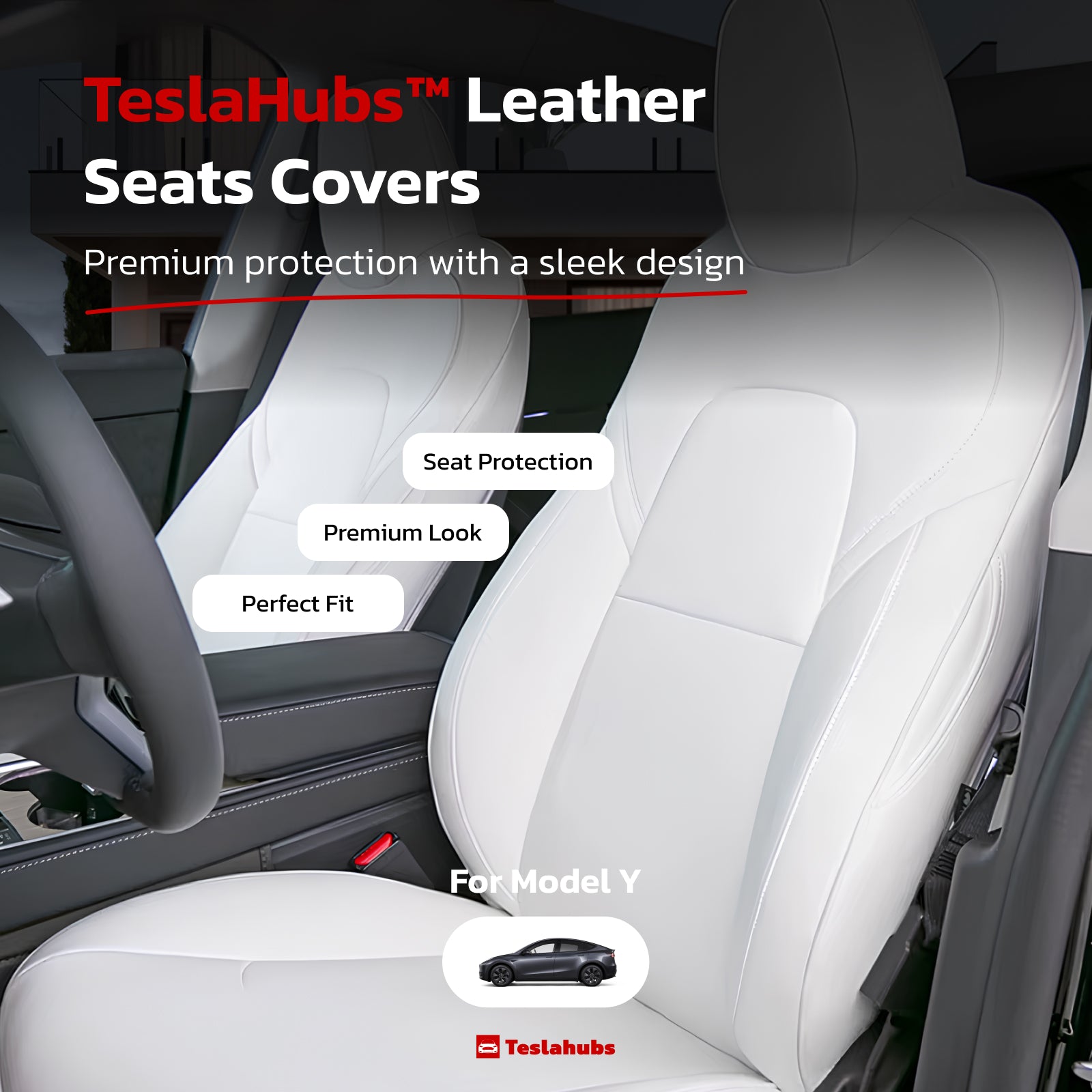
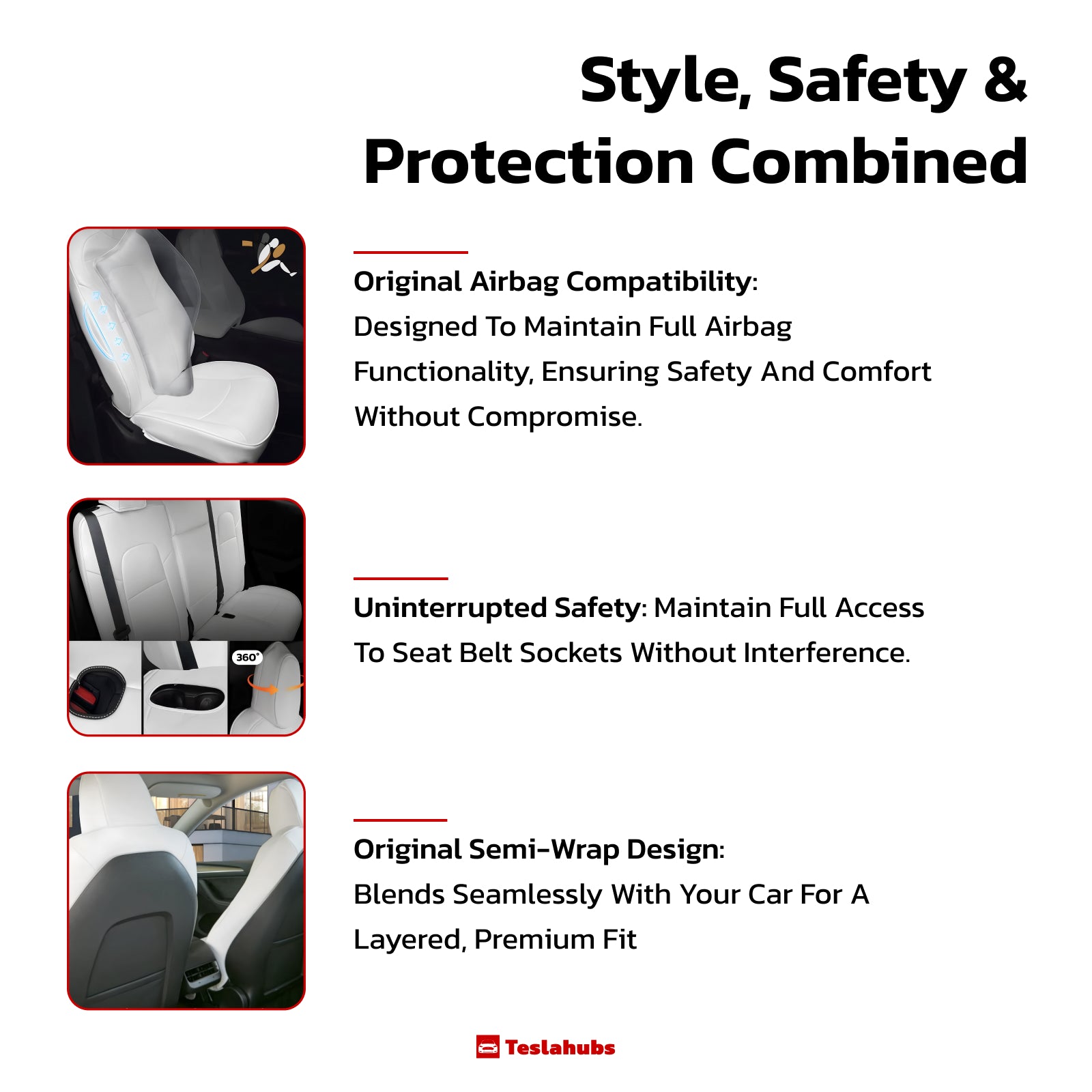
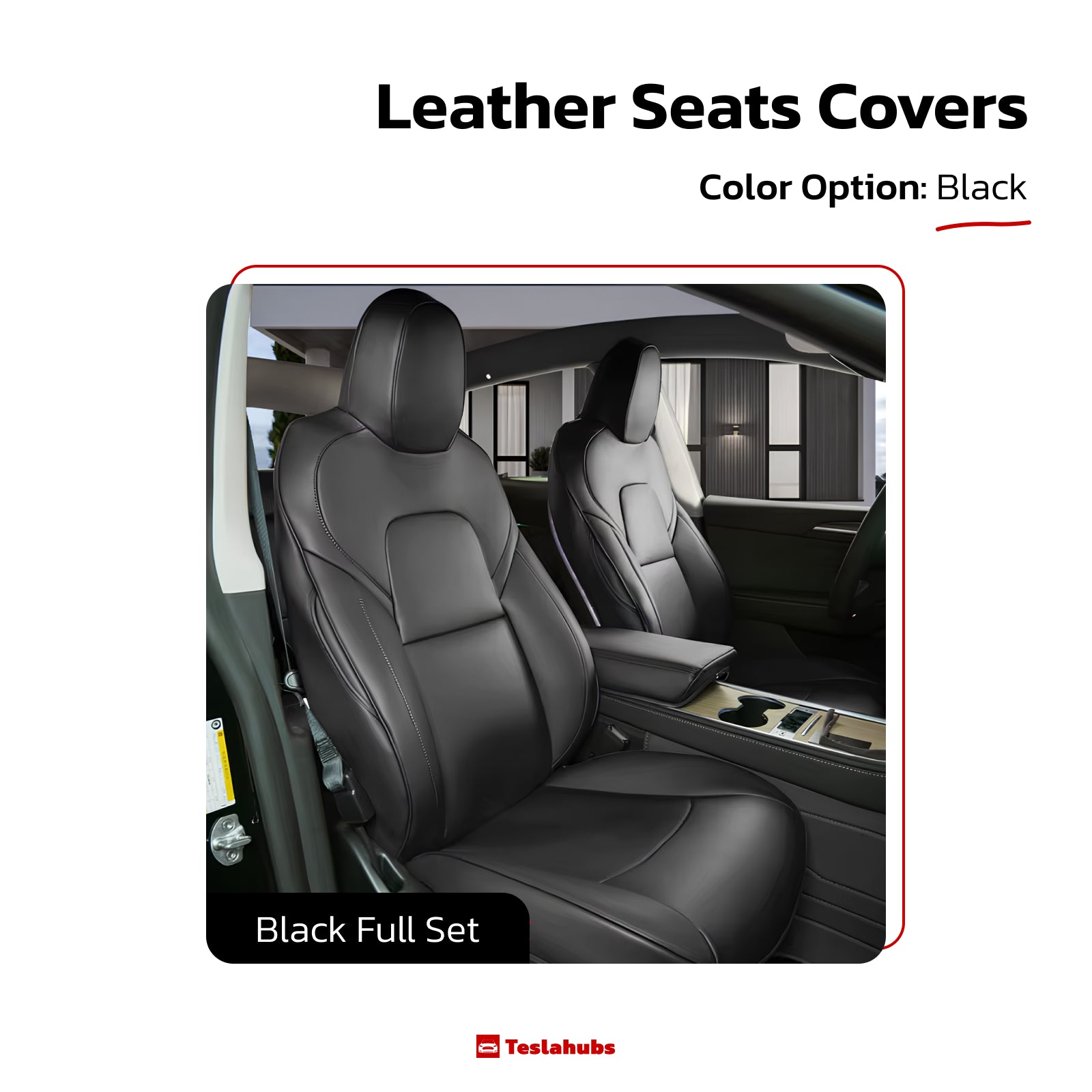
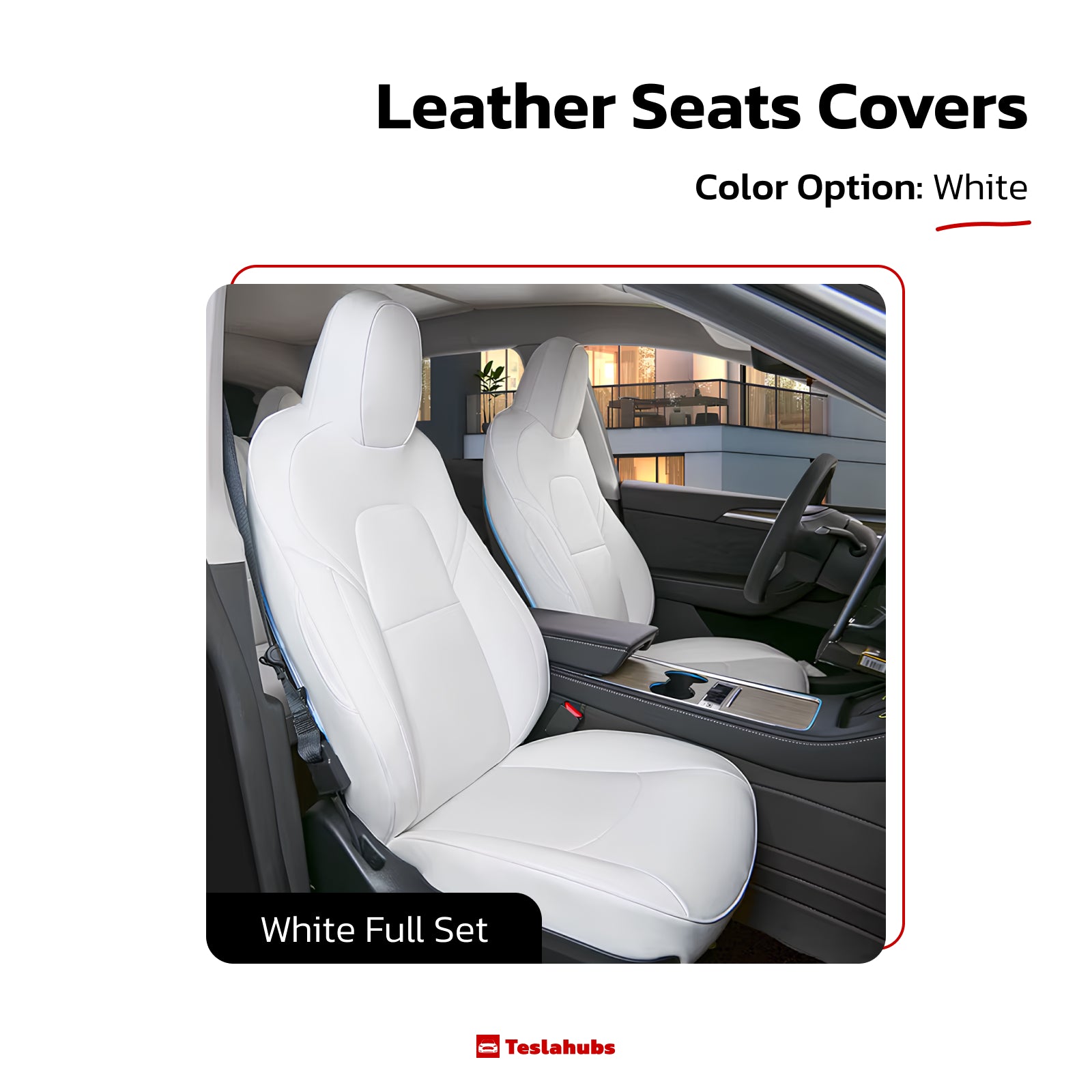
Teilen:
Wie man die besten Autoabdeckungen und Sonnenschutzmittel auswählt: Ein umfassender Leitfaden
Bietet Tesla Fußmatten mit ihren Autos an?